Downtown: Its Rise and Fall, 1880-1950
Written by one of this country’s foremost urban historians, Downtown is the first history of what was once viewed as the heart of the American city. It tells the fascinating story of how downtown—and the way Americans thought about downtown—changed over time. By showing how businessmen and property owners worked to promote the well-being of downtown, even at the expense of other parts of the city, it also gives a riveting account of spatial politics in urban America.
Drawing on a wide array of contemporary sources, Robert M. Fogelson brings downtown to life, first as the business district, then as the central business district, and finally as just another business district. His book vividly recreates the long-forgotten battles over subways and skyscrapers in the late nineteenth and early twentieth centuries. And it provides a fresh, often startling perspective on elevated highways, parking bans, urban redevelopment, and other controversial issues. This groundbreaking book will be a revelation to scholars, city planners, policymakers, and general readers interested in American cities and American history.
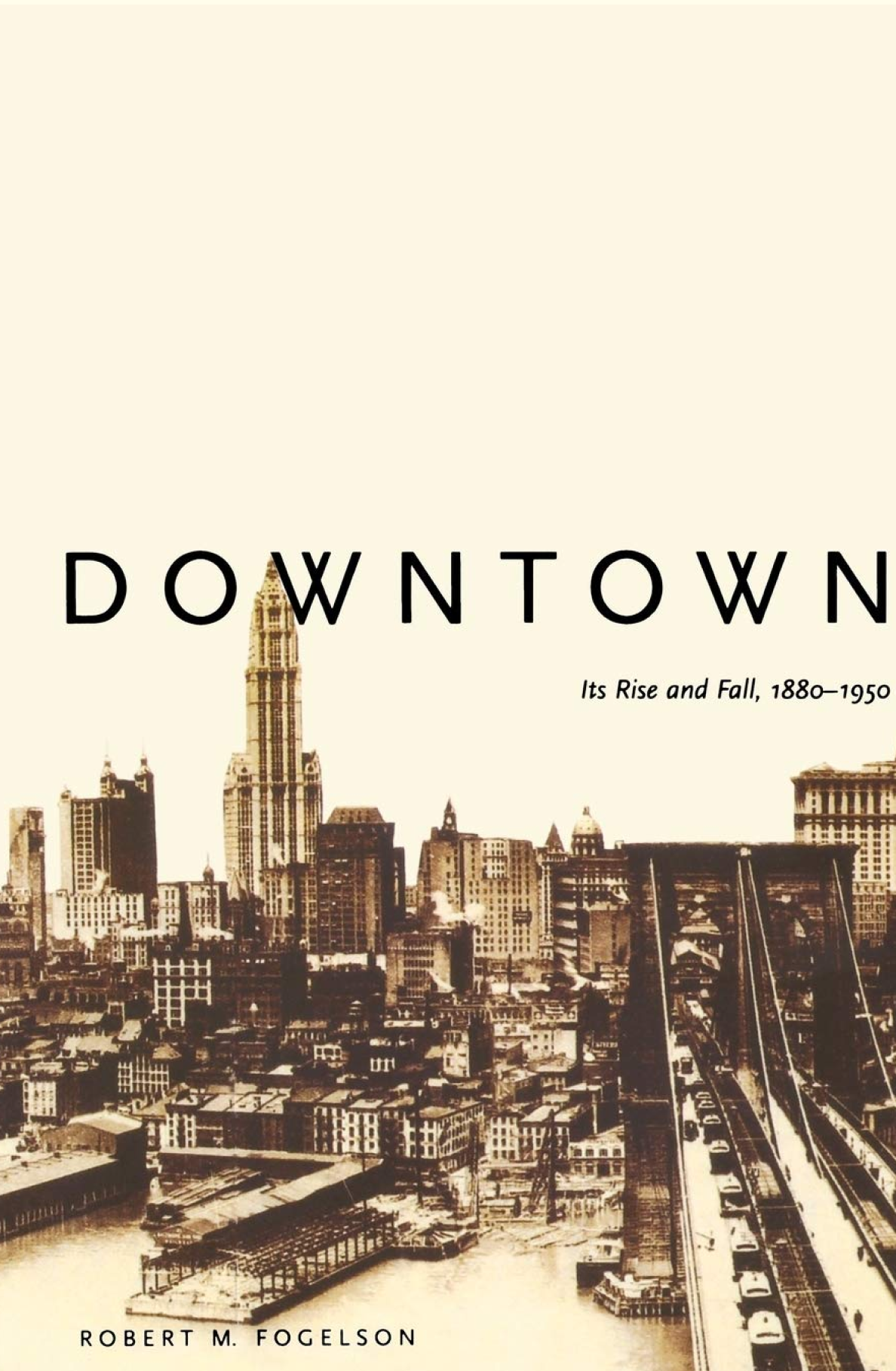
The Street Project
The Street Project is the story about humanity’s relationship to the streets and the global citizen-led fight to make communities safer.
Digging deep into the root causes of traffic violence, the filmmakers engage a diverse array of experts including street historian Peter Norton, city planner Jeff Speck, and urban design expert Mikael Colville-Andersen. These expert interviews are interwoven with the stories of real people working to make their communities safer.
Directed by Jennifer Boyd.
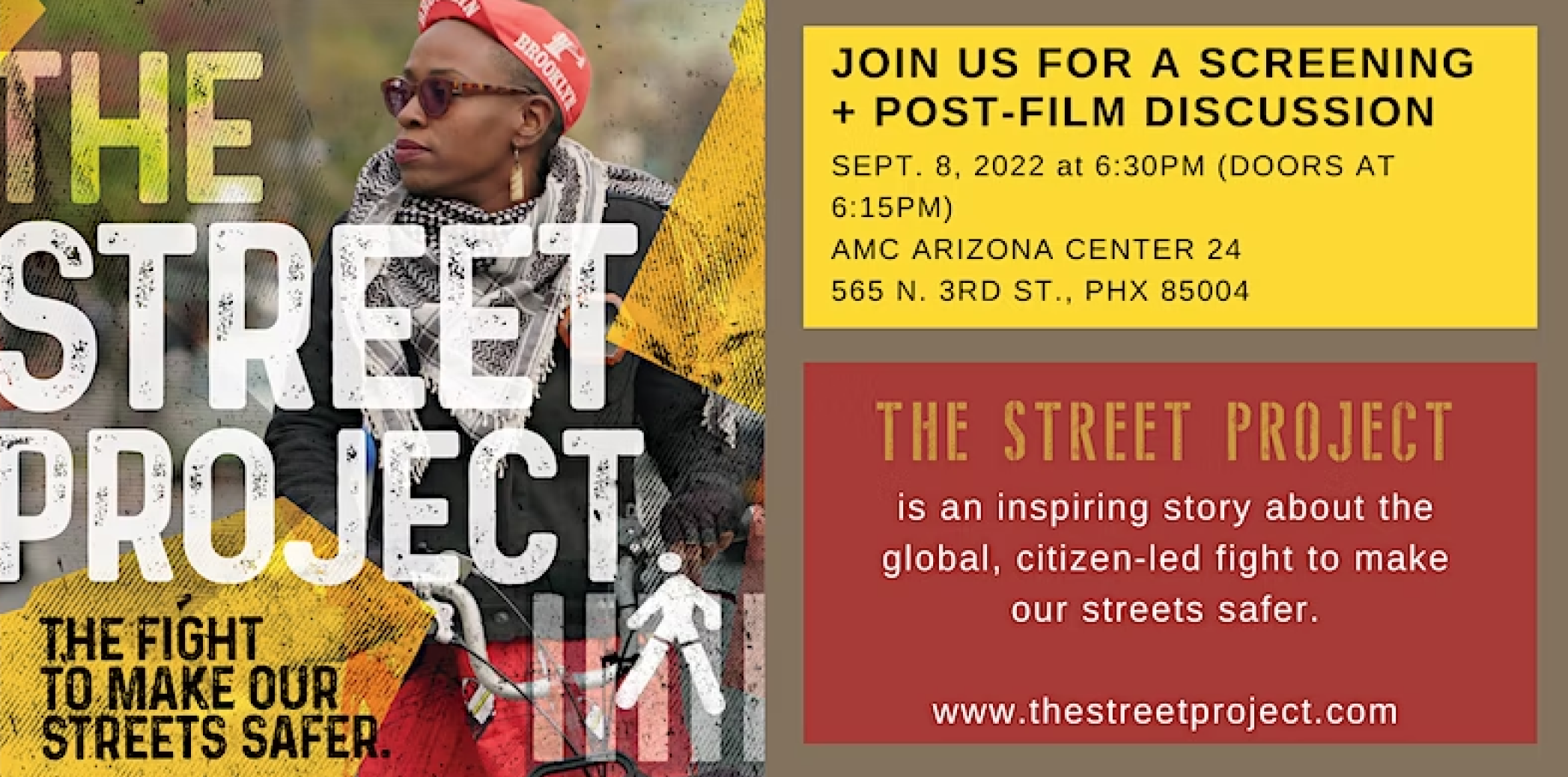
Emergent Tokyo
Tokyo is one of the most vibrant and livable cities on the planet, a megacity that somehow remains intimate and adaptive. Compared to Western metropolises like New York or Paris, however, few outsiders understand Tokyo’s inner workings. For cities around the globe mired in crisis and seeking new models for the future, Tokyo’s success at balancing between massive growth and local communal life poses a challenge: can we design other cities to emulate its best qualities?
Emergent Tokyo answers this question in the affirmative by delving into Tokyo’s most distinctive urban spaces, from iconic neon nightlife to tranquil neighborhood backstreets. Tokyo at its best offers a new vision for a human-scale urban ecosystem, where ordinary residents can shape their own environment in ways large and small, and communities take on a life of their own beyond government master planning and corporate profit-seeking. As Tokyoites ourselves, we uncover how five key features of Tokyo’s cityscape – yokochō alleyways, multi-tenant zakkyo buildings, undertrack infills, flowing ankyo streets, and dense low-rise neighborhoods – enable this ’emergent’ urbanism, allowing the city to organize itself from the bottom up. This book demystifies Tokyo’s emergent urbanism for an international audience, explaining its origins, its place in today’s Tokyo, and its role in the Tokyo of tomorrow. Visitors to Japan, architects, and urban policy practitioners alike will come away with a fresh understanding of the world’s premier megacity and a practical guide for how to bring Tokyo-style intimacy, adaptability, and spontaneity to other cities around the world.
By Jorge Almazán, Joe McReynolds, and Naoki Saito.

Atlas of Cities
The Atlas of Cities presents a unique taxonomy of cities that looks at different aspects of their physical, economic, social, and political structures; their interactions with each other and with their hinterlands; the challenges and opportunities they present; and where cities might be going in the future.
Edited by Paul Knox, with foreword by Richard Florida.
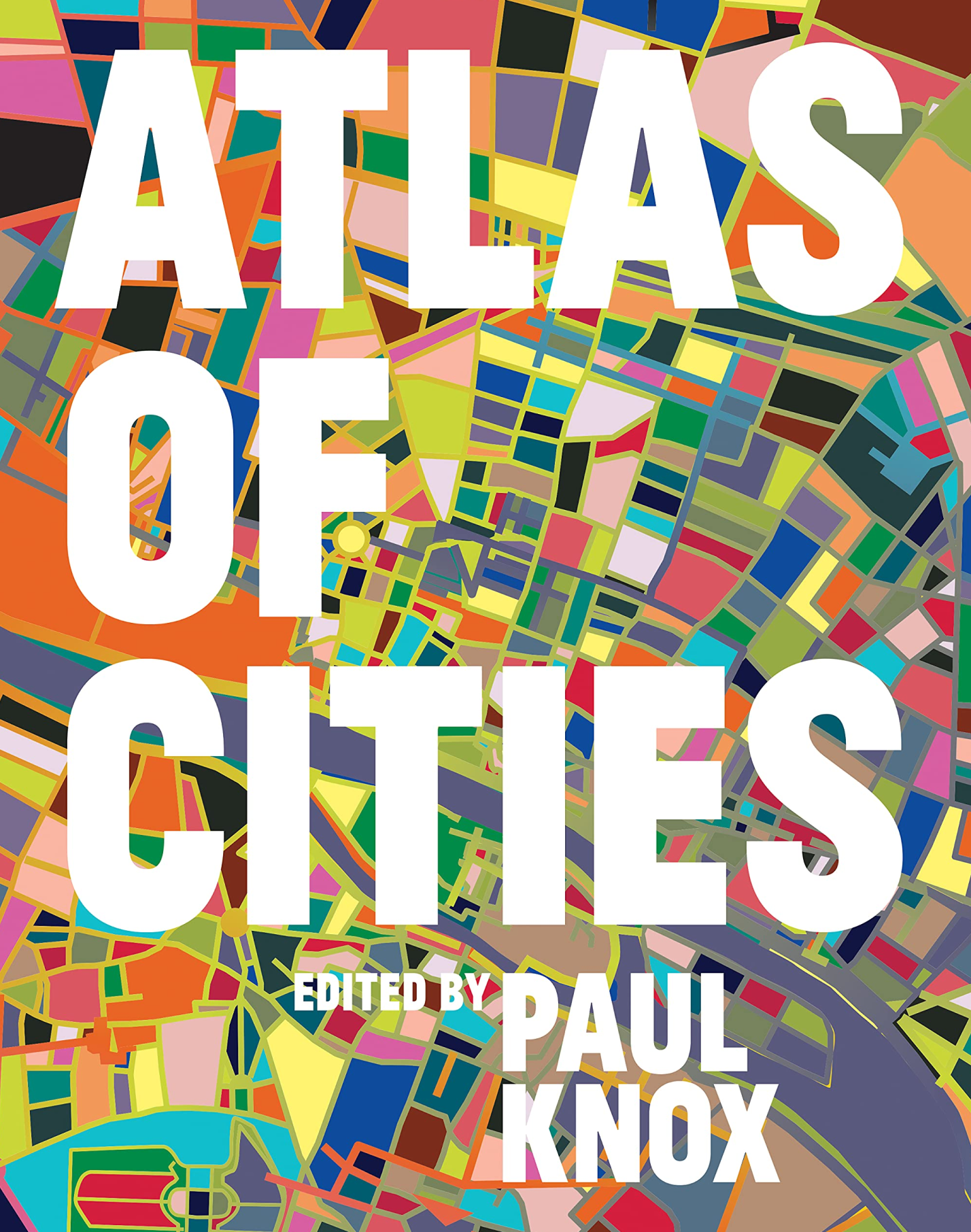
The Timeless Way of Building
In The Timeless Way of Building Christopher Alexander presents a new theory of architecture, building, and planning which has at its core that age-old process by which the people of a society have always pulled the order of their world from their own being.
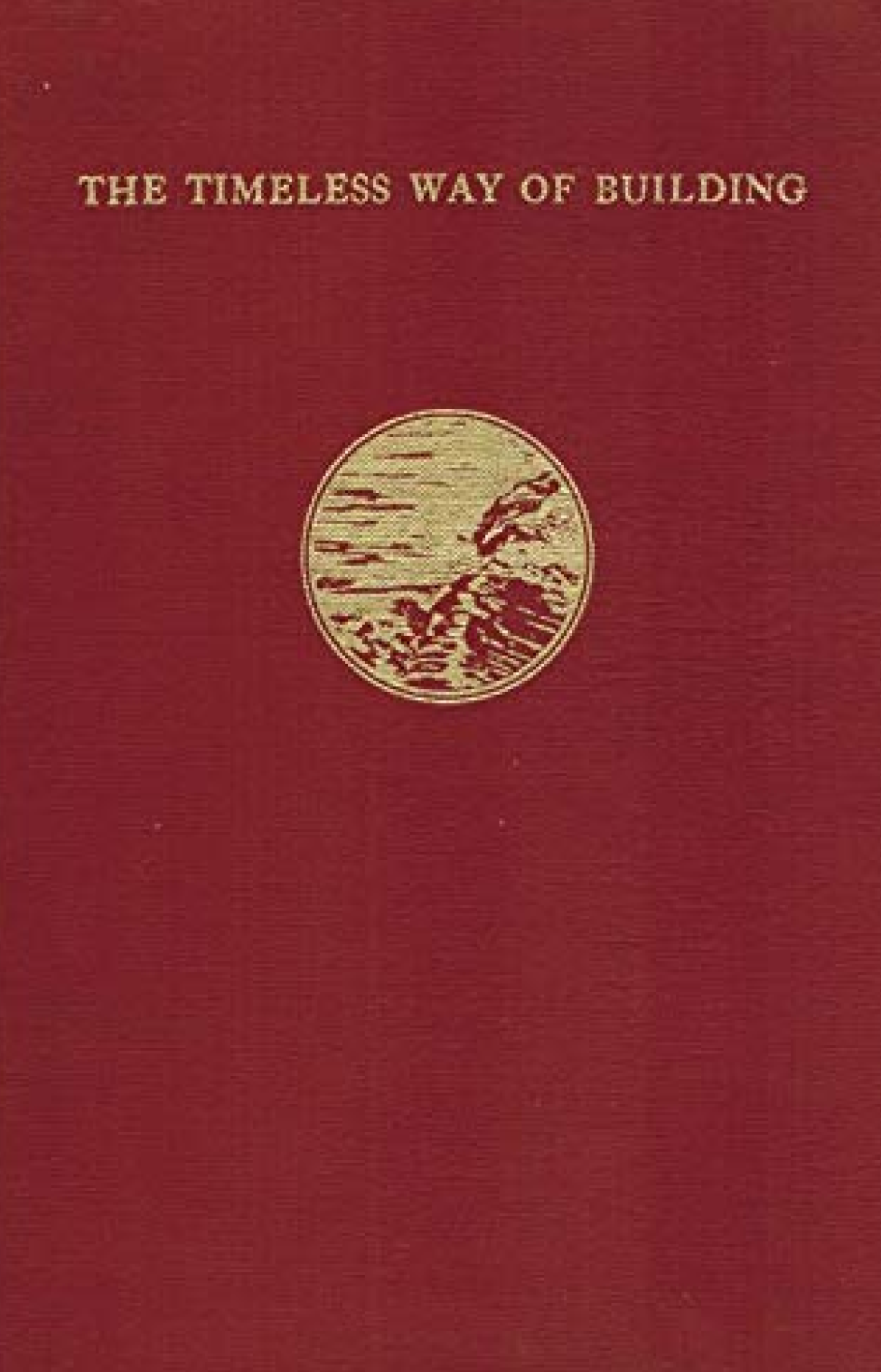
A Pattern Language
After a ten-year silence, Christopher Alexander and his colleagues at the Center for Environmental Structure are now publishing a major statement in the form of three books which will, in their words, lay the basis for an entirely new approach to architecture, building and planning, which will we
hope replace existing ideas and practices entirely.
The three books are The Timeless Way of Building, The Oregon Experiment, and this book, A Pattern Language. At the core of these books is the idea that people should design for themselves their own houses, streets, and communities. This idea may be radical (it implies a radical transformation of the architectural profession) but it comes simply from the observation that most of the wonderful places of the world were not made by architects but by the people.

The Well-Tempered City
In The Well-Tempered City, Jonathan F. P. Rose—the man who “repairs the fabric of cities”—distills a lifetime of interdisciplinary research and firsthand experience into a five-pronged model for how to design and reshape our cities with the goal of equalizing their landscape of opportunity. Drawing from the musical concept of “temperament” as a way to achieve harmony, Rose argues that well-tempered cities can be infused with systems that bend the arc of their development toward equality, resilience, adaptability, well-being, and the ever-unfolding harmony between civilization and nature. These goals may never be fully achieved, but our cities will be richer and happier if we aspire to them, and if we infuse our every plan and constructive step with this intention.
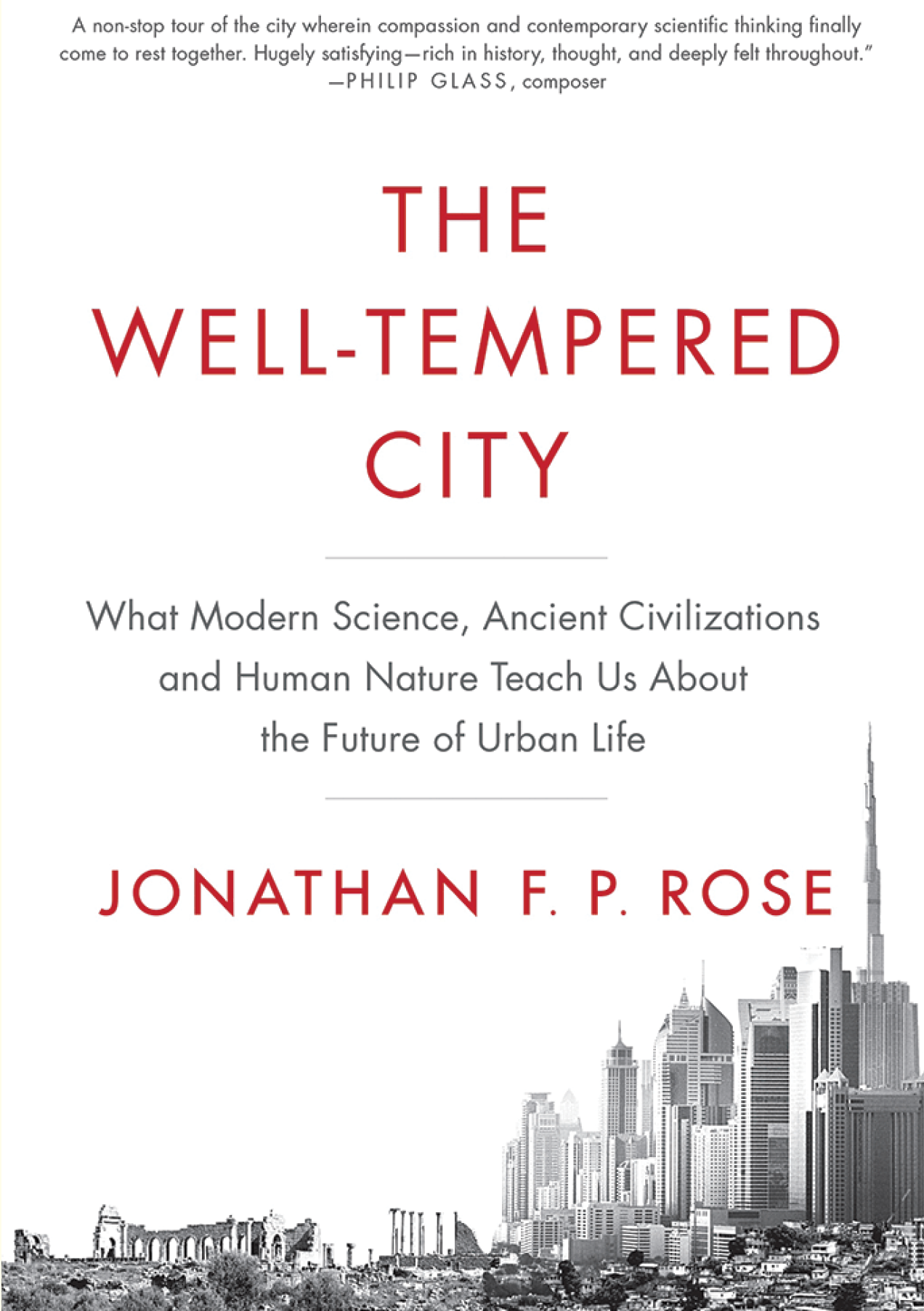
Icebergs, Zombies, and the Ultra Thin
In Icebergs, Zombies, and the Ultra Thin, Matthew Soules issues an indictment of how finance capitalism dramatically alters not only architectural forms but also the very nature of our cities and societies. We rarely consider architecture to be an important factor in contemporary economic and political debates, yet sparsely occupied ultra-thin “pencil towers” develop in our cities, functioning as speculative wealth storage for the superrich, and cavernous “iceberg” homes extend architectural assets many stories below street level. Meanwhile, communities around the globe are blighted by zombie and ghost urbanism, marked by unoccupied neighborhoods and abandoned housing developments.
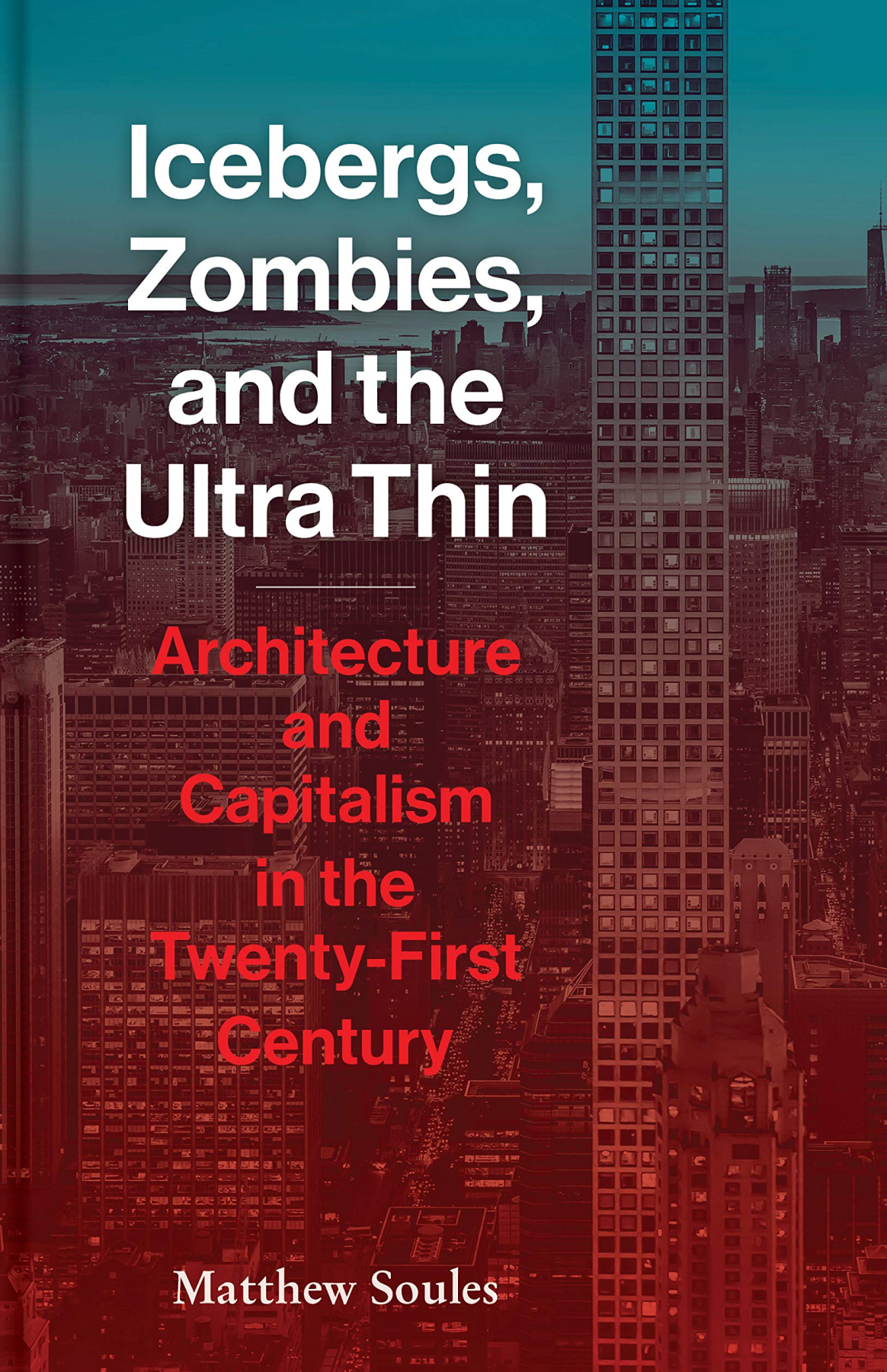
Building Equitable Cities
Discover how local government and business leaders are working together to improve services in underserved neighborhoods, to add affordable housing, and to strengthen education, workforce, and financial outcomes for all – and how these efforts are paying off in terms of economic growth for the region. Building Equitable Cities covers best practices and proven policies, providing readers with replicable tools, techniques, and processes.
By Henry Cisneros, Janis Bowdler, Jeffrey Lubell.
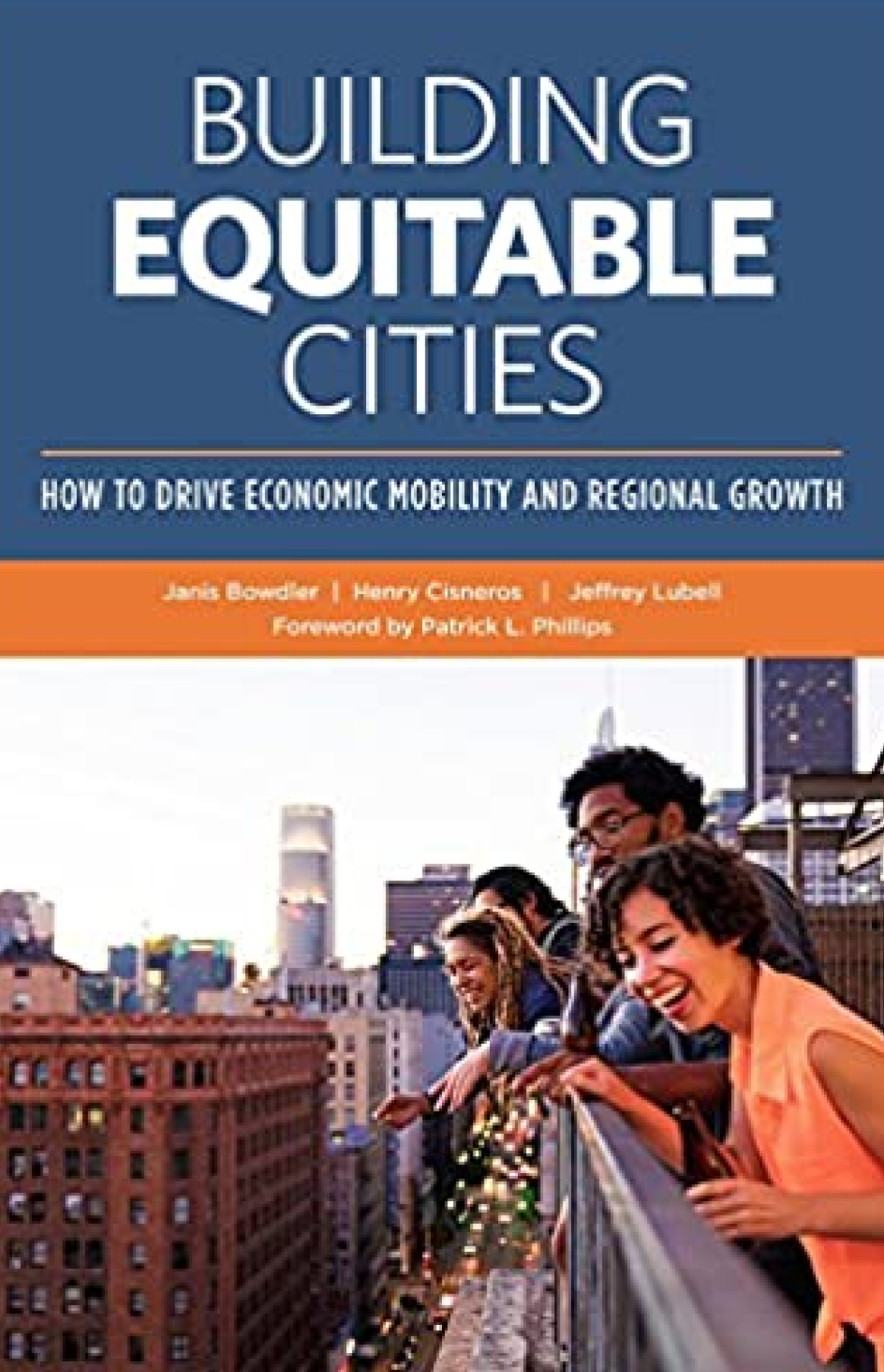
Resilient Cities
Resilient Cities reveals how the resilient city characteristics have been achieved in communities around the globe. The authors offer stories, insights, and inspiration for urban planners, policymakers, and professionals interested in creating more sustainable, equitable, and, eventually, regenerative cities. Most importantly, the book is about overcoming fear and generating hope in our cities. Cities will need to claim a different future that helps us regenerate the whole planet–this is the challenge of resilient cities.
By Peter Newman, Timothy Beatley, Heather Boyer.

Age-Friendly Cities and Communities
As the drive towards creating age-friendly cities grows, this important book provides a comprehensive survey of theories and policies aimed at improving the quality of life of older people living in urban areas. Part of the Ageing in a Global Context series, Age-Friendly Cities and Communities gathers critical assessments from leading international researchers of the problems and potentials of designing environments that benefit citizens of all ages. The authors consider how cities respond to aging populations, their strategies for developing age-friendly communities, and the extent to which older people themselves can be involved in the co-production of advantageous policies and practices.
Edited by Tine Buffel, Sophie Handler, Chris Phillipson.

Providence Streets Coalition
The Providence Streets Coalition is an alliance of community organizations, local businesses, schools, institutions, civic leaders, and engaged individuals advocating for people-friendly streets in Providence. We support providing more transportation options to improve safety, equity, sustainability, prosperity, health, and quality-of-life in our city and region.

Burden of disease from environmental noise
The health impacts of environmental noise are a growing concern among both the general public and policy-makers in Europe. Burden of disease from environmental noise is a publication prepared by experts in working groups convened by the WHO Regional Office for Europe to provide technical support to policy-makers and their advisers in the quantitative risk assessment of environmental noise, using evidence and data available in Europe.
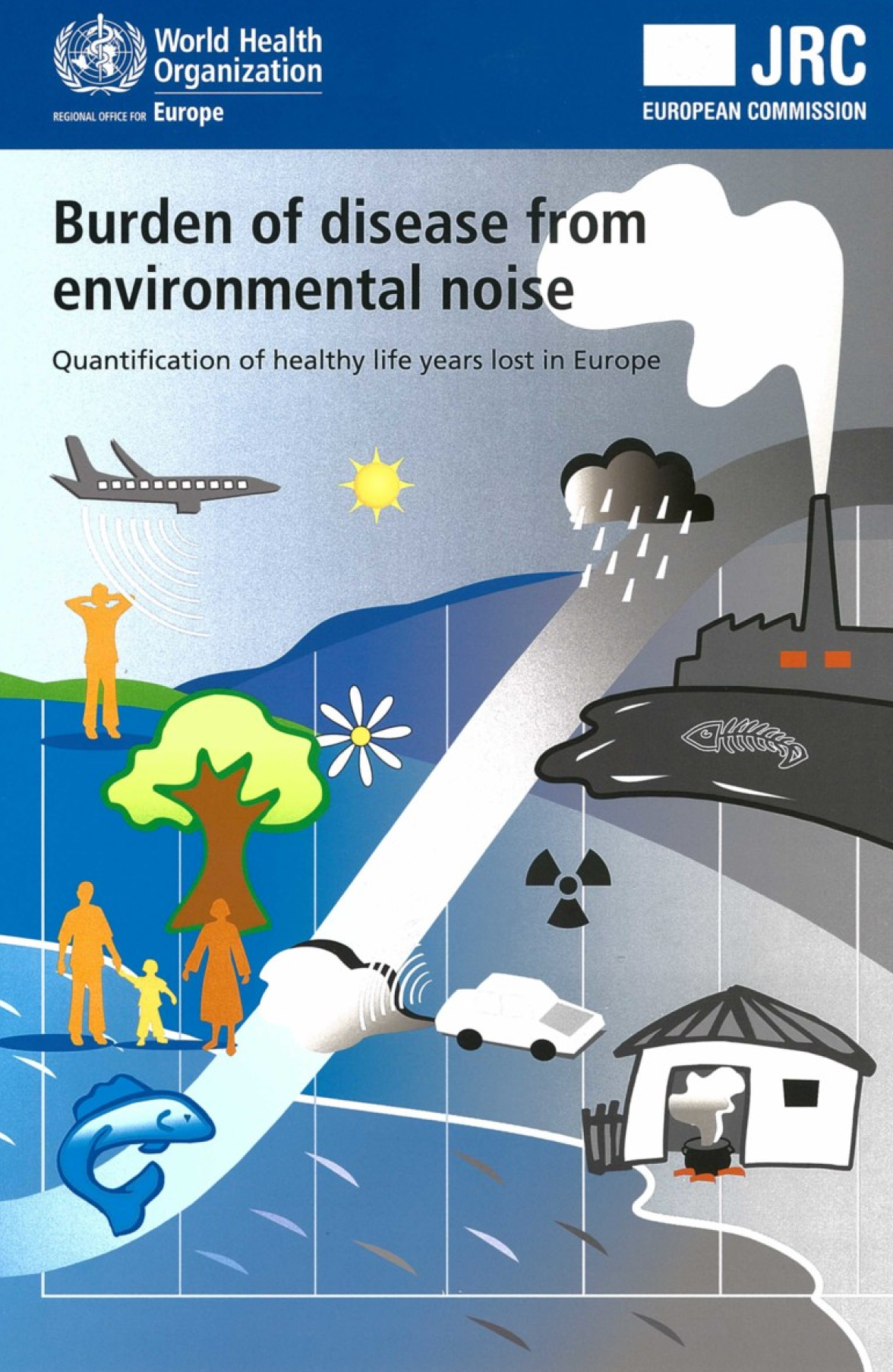
Fair Shared Cities
Bringing together a diverse team of leading scholars and professionals, Fair Shared Cities offers a variety of insights into ongoing gender mainstreaming policies in Europe with a focus on urban/spatial planning.
By Inés Sánchez de Madariaga and Marion Roberts.

Urban Villagers
Hebert Gans’ study of Italian Americans in Boston’s West End is one of the classics of contemporary sociology.
Providing a first-hand account of life in an inner city of contemporary sociology, Urban Villagers is a systematic and sensitive analysis of working-class culture and of the politicians, planners, and other outside professionals who affected it.
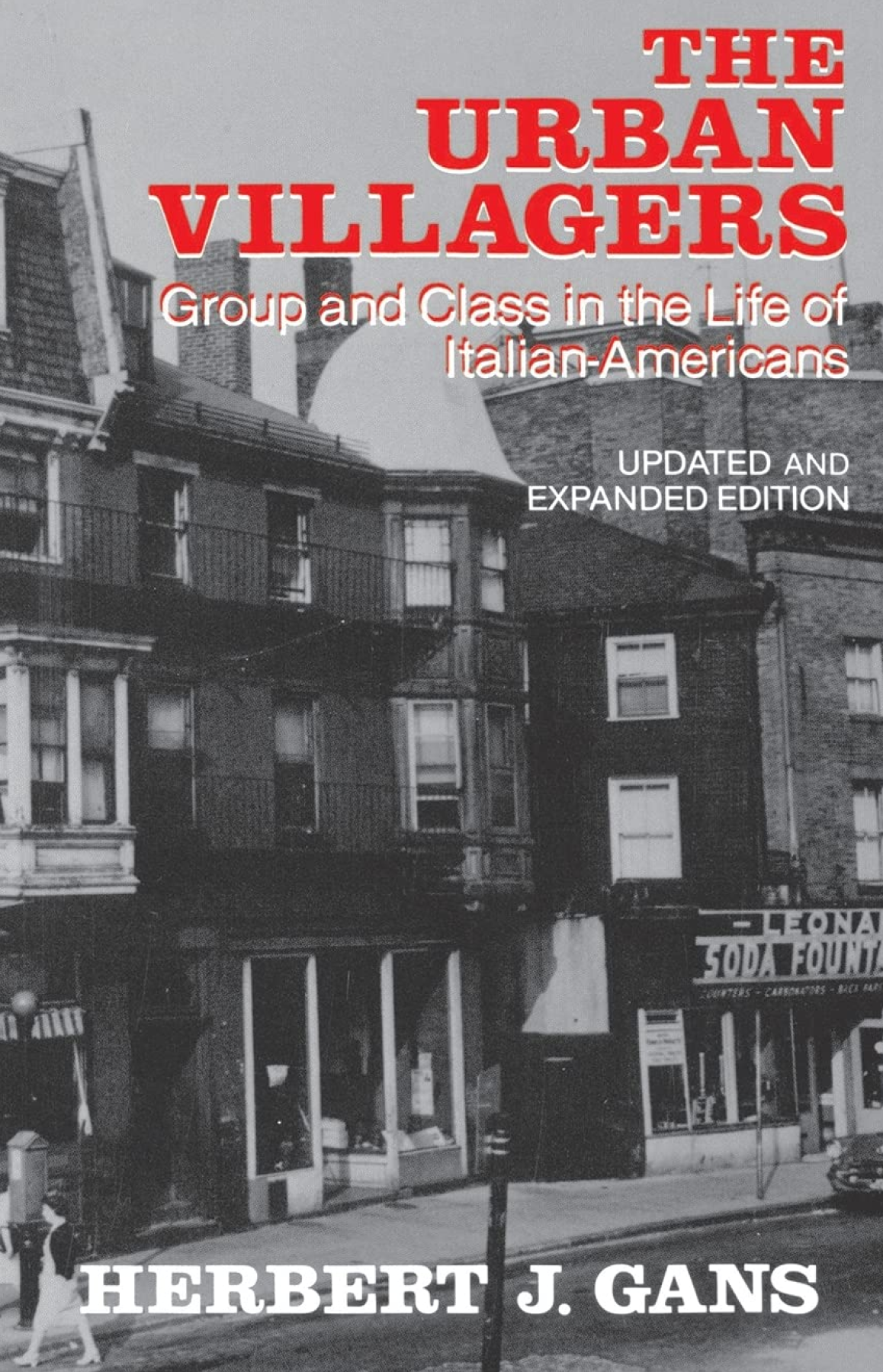
Man and the Modern City
No single view of American cities captures the many problems of urban life-whether the city is analyzed by a politician, an architect, an urban planner, a sociologist, or a psychologist. Man and the Modern City presents the view of ten distinguished urban critics whose variety of approaches places the crucial issues of the city in a broad perspective.
Edited by Elizabeth Green, Jeanne R. Lowe, and Kenneth Walker.
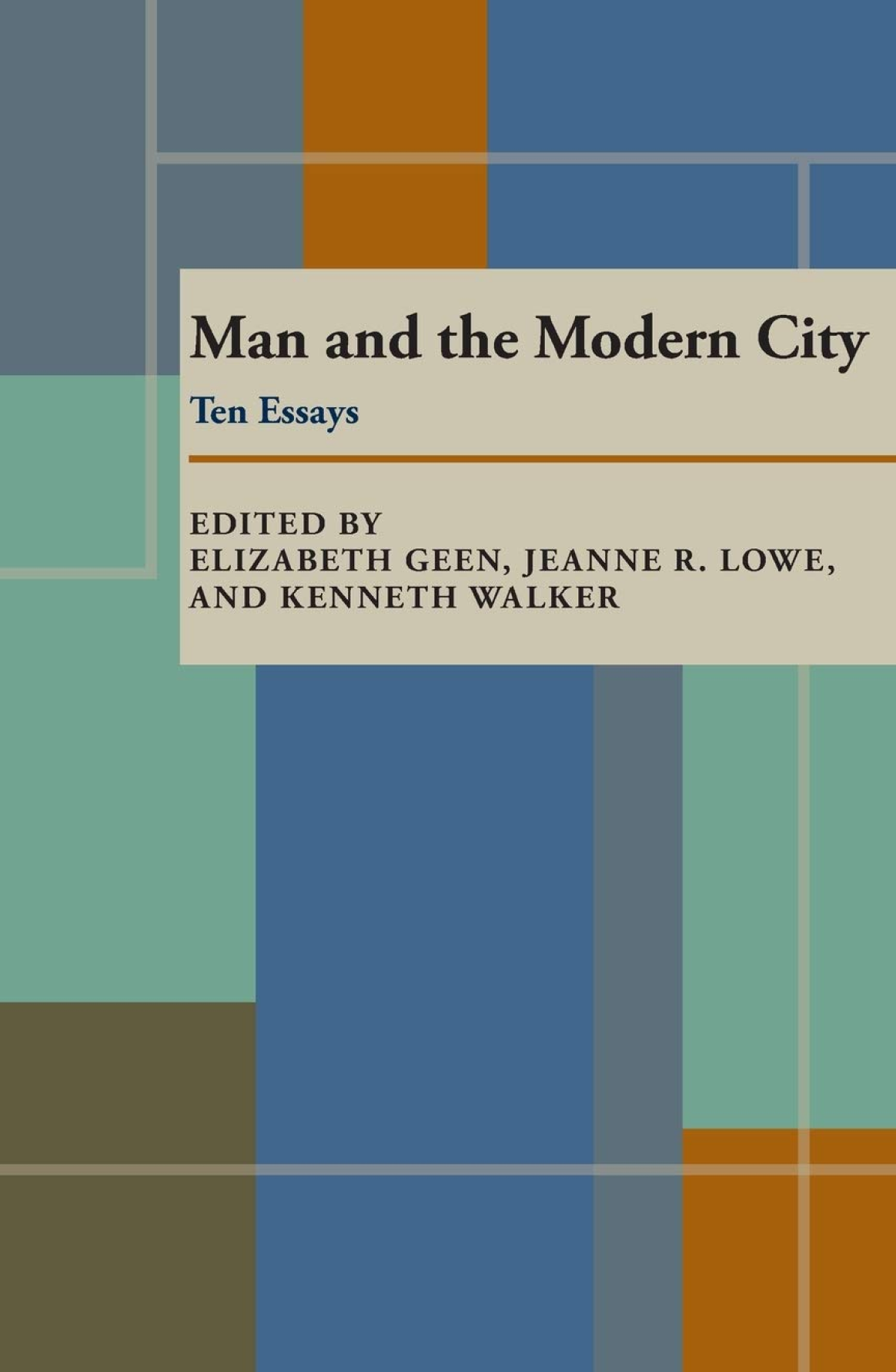
Wrestling With Moses
The epic rivalry of Jacobs and Moses, played out amid the struggle for the soul of a city, is one of the most dramatic and consequential in modern American history. In Wrestling With Moses, acclaimed reporter and urban planning policy expert Anthony Flint recounts this thrilling David-and-Goliath story, the legacy of which echoes through our society today.

The City in Mind
In the highly acclaimed The Geography of Nowhere, James Howard Kunstler declared suburbia “a tragic landscape” and fueled a fierce debate over how we will live in twenty-first-century America. Here, Kunstler turns his discerning eye to urban life in America and beyond in dazzling excursions to classical Rome, the Aztec capital of Tenochtitlan, Louis-Napoleon’s Paris, the “gigantic hairball” that is contemporary Atlanta, the ludicrous spectacle of Las Vegas, and more. Seeking to discover what is constant and enduring in cities at their greatest, Kunstler explores how America got lost in suburban wilderness and locates pathways that might lead to civic revival. His authoritative tour is both a concise history of cities and a stunning critique of how they can aid or hinder social and civil progress. By turns dramatic and comic, The City in Mind is an exceptional glimpse into the urban condition.
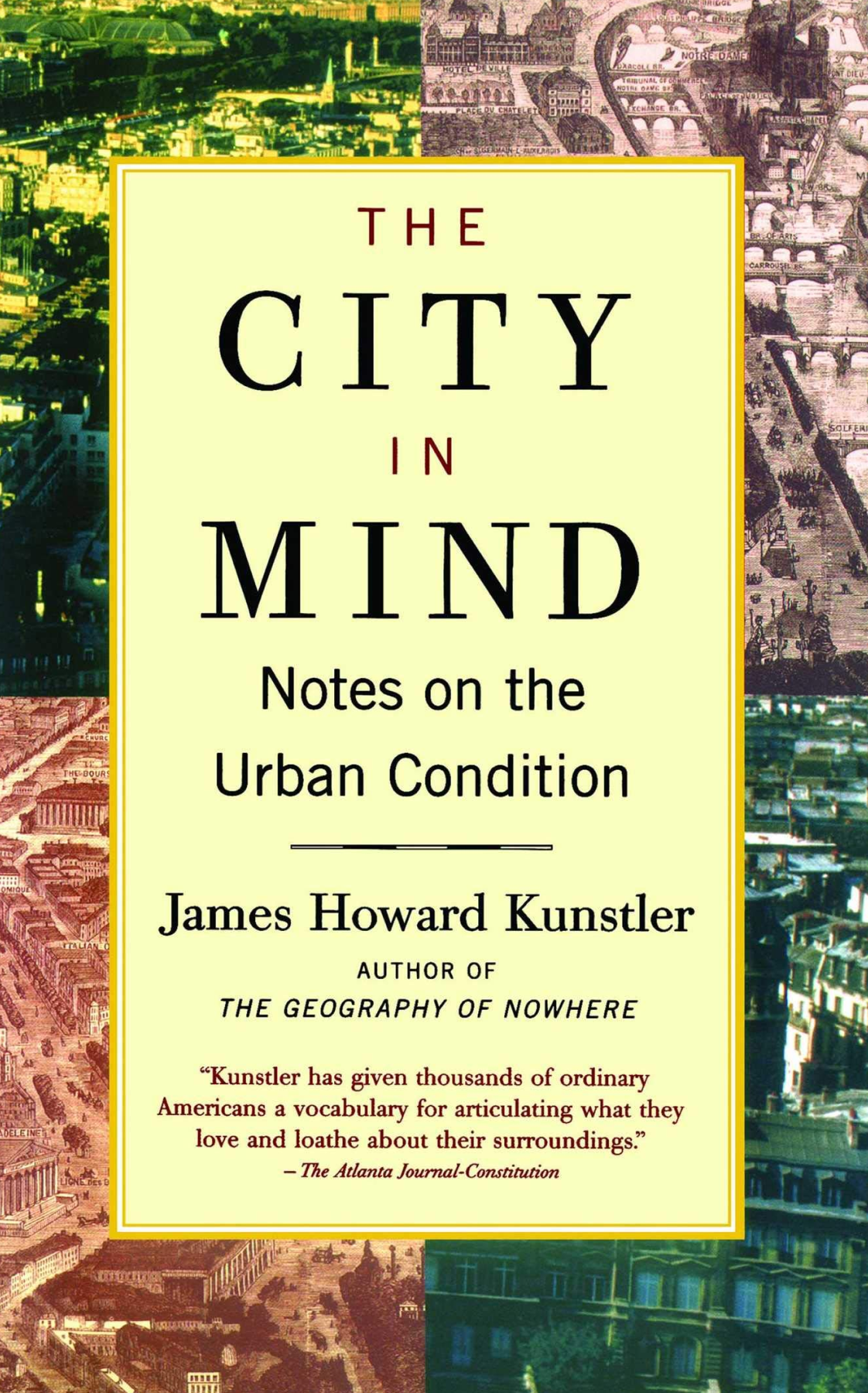
Once in a Great City
In Once in a Great City, David Maraniss shows that before the devastating riot, before the decades of civic corruption and neglect, and white flight; before people trotted out the grab bag of rust belt infirmities and competition from abroad to explain Detroit’s collapse, one could see the signs of a city’s ruin. Detroit at its peak was threatened by its own design. It was being abandoned by the new world economy and by the transfer of American prosperity to the information and service industries. In 1963, as Maraniss captures it with power and affection, Detroit summed up America’s path to prosperity and jazz that was already past history.
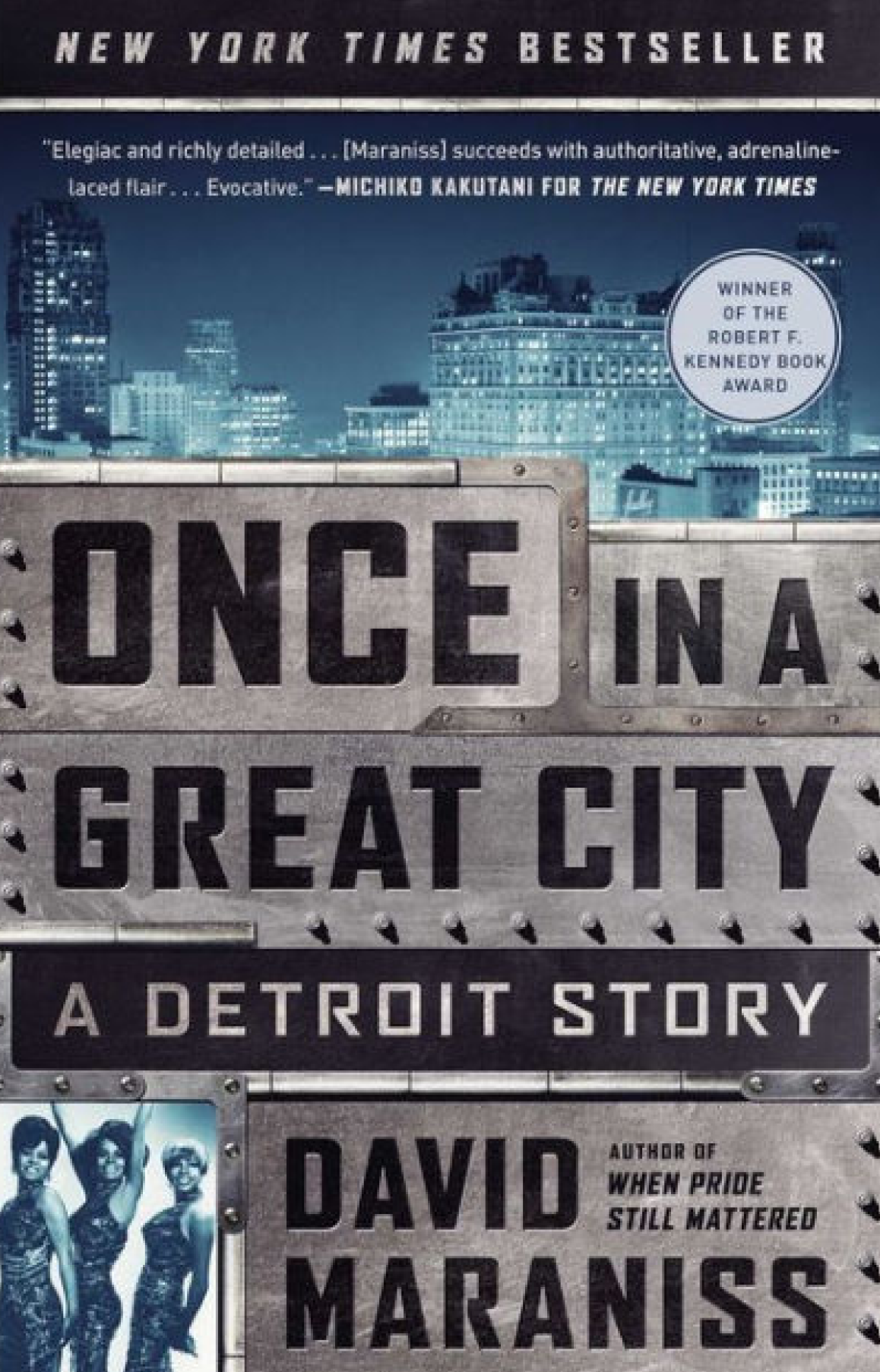
Urban Design for Successful Cities
As Chief Urban Designer for the City of New York, Alexandros Washburn understands one key thing about designing successful cities: it doesn’t work until it works for the pedestrian.
Watch this TEDx talk on YouTube.

Social Infrastructure
World-renown architect Bjarke Ingels shares his process and projects in this light and thoughtful TEDx talk.
Watch it on YouTube.
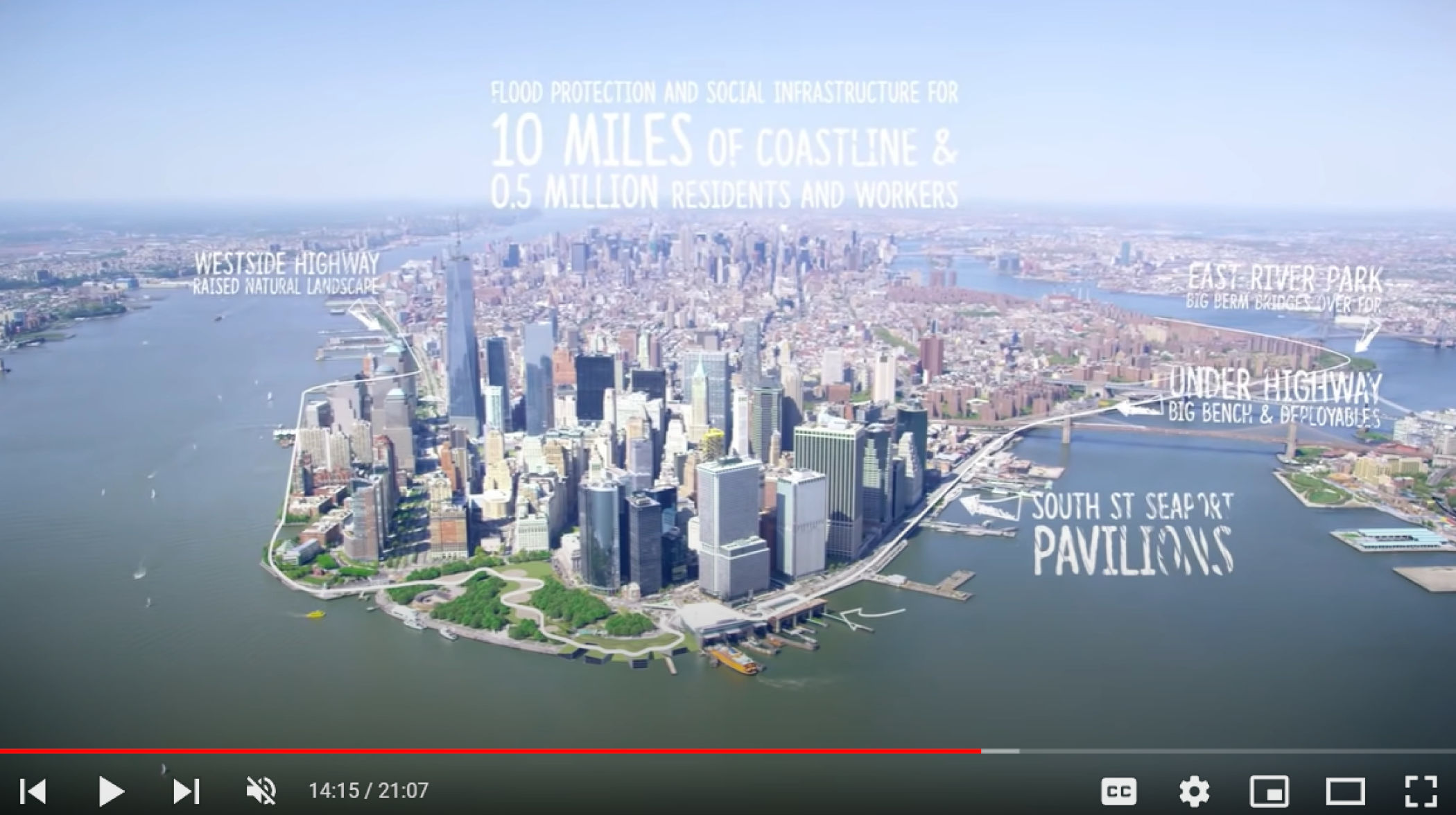
If Mayors Ruled The World
In the face of the most perilous challenges of our time climate change, terrorism, poverty, and trafficking of drugs, guns, and people the nations of the world seem paralyzed. The problems are too big, too interdependent, too divisive for the nation-state. Is the nation-state, once democracy’s best hope, today democratically dysfunctional? Obsolete? The answer, says Benjamin Barber in this highly provocative and original book, is yes. Cities and the mayors who run them can do and are doing a better job. Barber cites the unique qualities cities worldwide share: pragmatism, civic trust, participation, indifference to borders and sovereignty, and a democratic penchant for networking, creativity, innovation, and cooperation. He demonstrates how city mayors, singly and jointly, are responding to transnational problems more effectively than nation-states mired in ideological infighting and sovereign rivalries. Featuring profiles of a dozen mayors around the world courageous, eccentric, or both at once If Mayors Ruled the World presents a compelling new vision of governance for the coming century. Barber makes a persuasive case that the city is democracy’s best hope in a globalizing world, and great mayors are already proving that this is so.
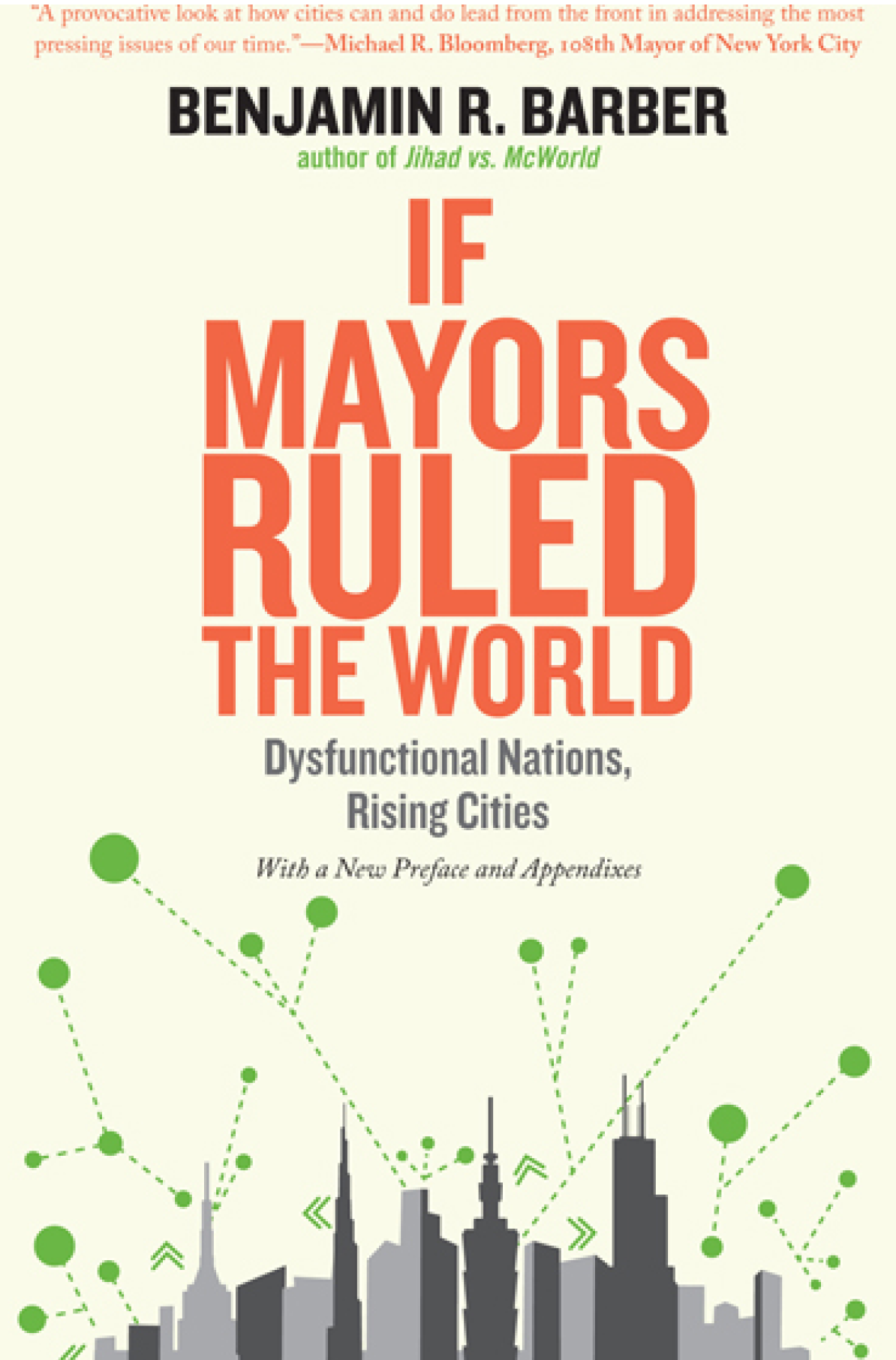
Cool Cities
Climate change is the most urgent challenge we face in an interdependent world where independent nations have grown increasingly unable to cooperate effectively on sustainability. In Cool Cities, renowned political theorist Benjamin R. Barber describes how cities, by assuming important aspects of sovereignty, can take the lead from faltering nation states in fighting climate change. Barber argues that with more than half the world’s population now in urban areas, where 80 percent of both GDP and greenhouse gas emissions are generated, cities are the key to the future of democracy and sustainability.
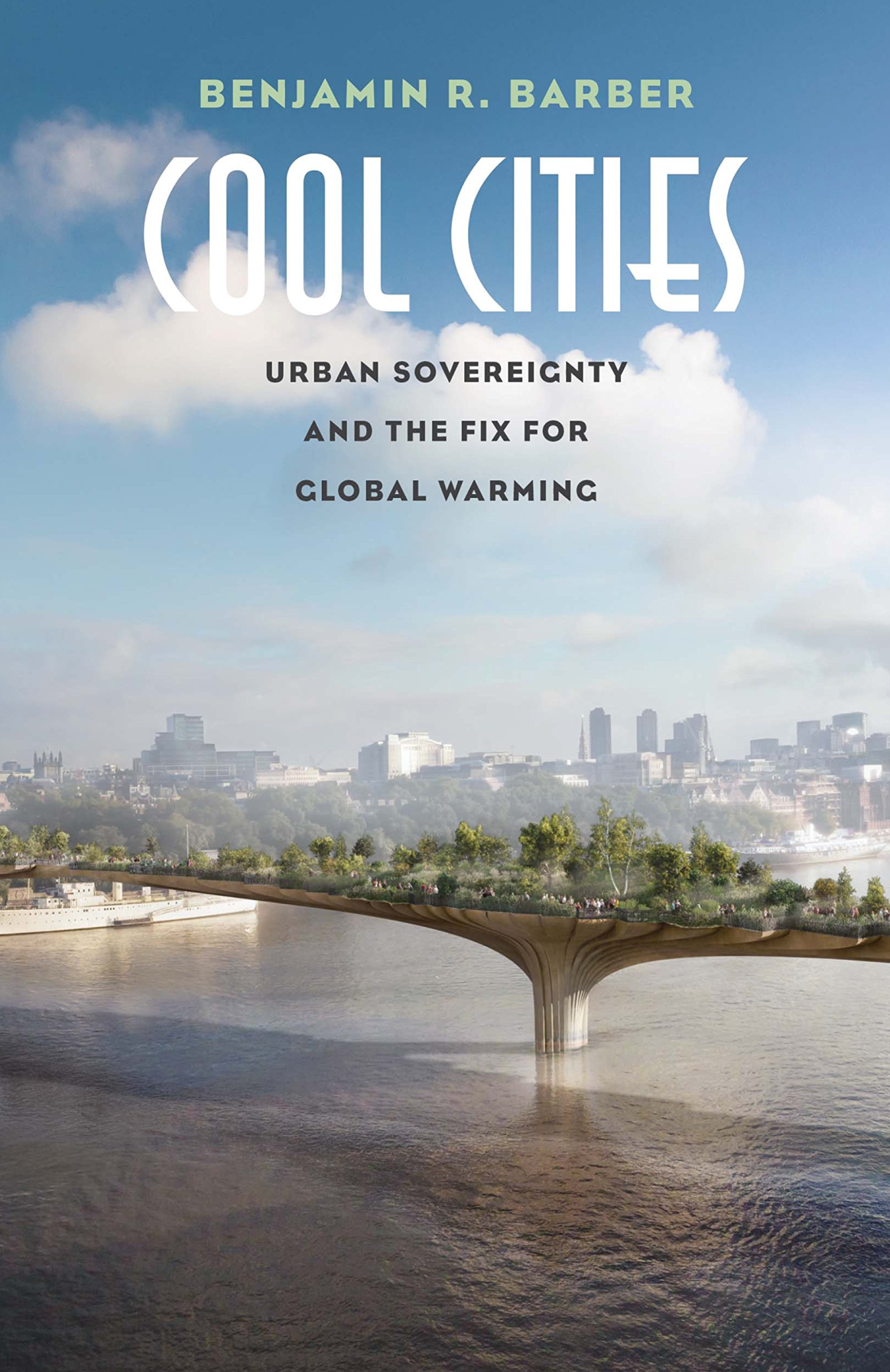
The architectural mastermind behind modern Singapore
Cities designed like families can last for generations. Skeptical? Look to master architect Liu Thai Ker, who transformed Singapore into a modern marvel with his unique approach to sustainable urban design. Liu shares creative wisdom and perspective on how marrying a humanist heart, a scientific mind and an artistic eye creates a resilient marriage of form and function. A talk that both humbles and inspires.
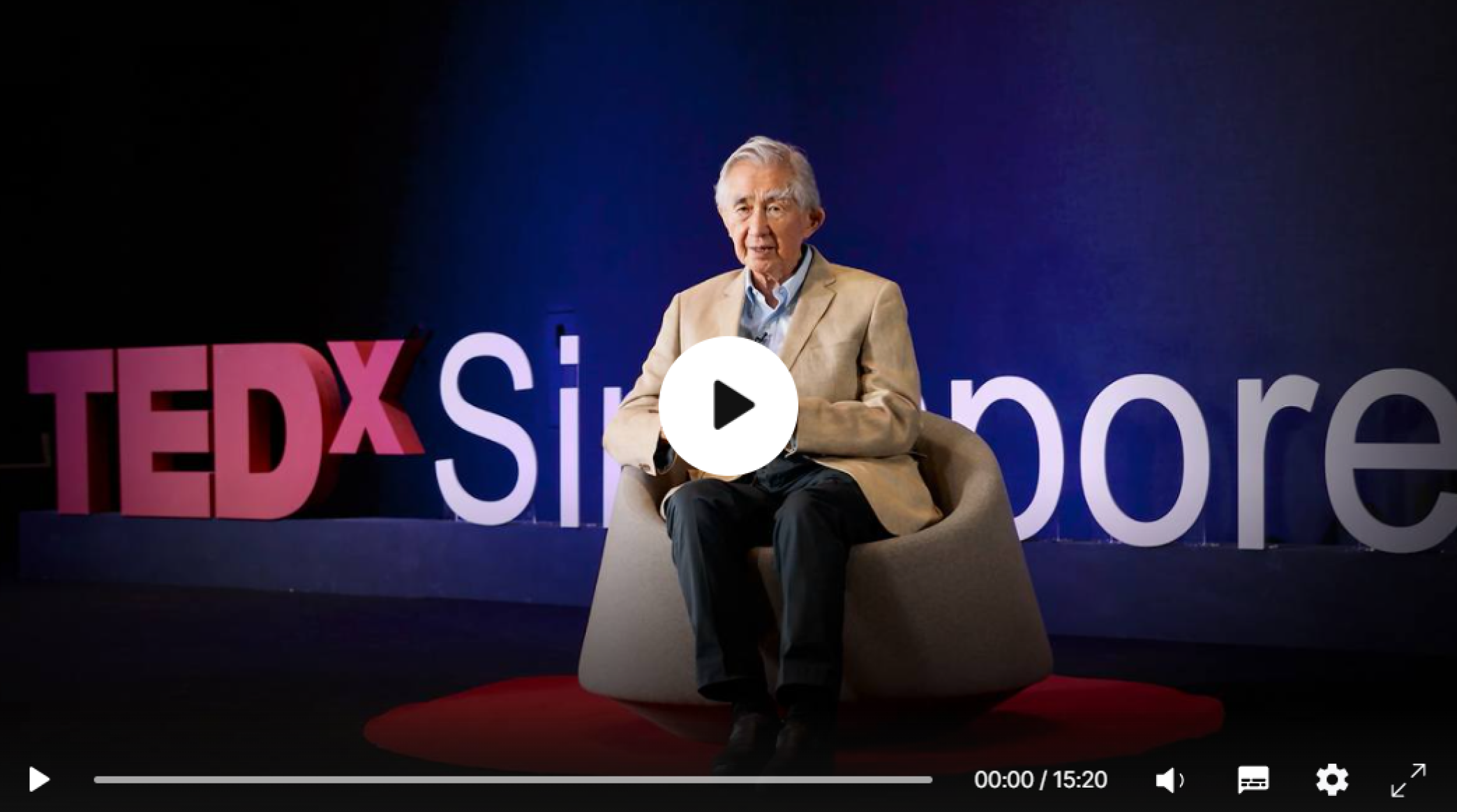
Segregation by Design
Segregation by Design is a personal project of Adam Paul Susaneck, an NYC-based architect.
Using historic aerial photography, this ongoing project aims to document the destruction of communities of color due to red-lining, “urban renewal,” and freeway construction. Through a series of stark aerial before-and-after comparisons, figure-ground diagrams, and demographic data, this project will reveal the extent to which the American city was methodically hollowed out based on race. The project will cover the roughly 180 municipalities which received federal funding from the 1956 Federal Highway Act, which created the interstate highway system.

Can a City Be Sustainable?
Can a City Be Sustainable? first puts our current moment in context, tracing cities in the arc of human history. It also examines the basic structural elements of every city: materials and fuels; people and economics; and biodiversity. In part two, professionals working on some of the world’s most inventive urban sustainability projects share their first-hand experience. Success stories come from places as diverse as Ahmedabad, India; Freiburg, Germany; and Shanghai, China. In many cases, local people are acting to improve their cities, even when national efforts are stalled. Parts three and four examine cross-cutting issues that affect the success of all cities. Topics range from the nitty-gritty of handling waste and developing public transportation to civic participation and navigating dysfunctional government.
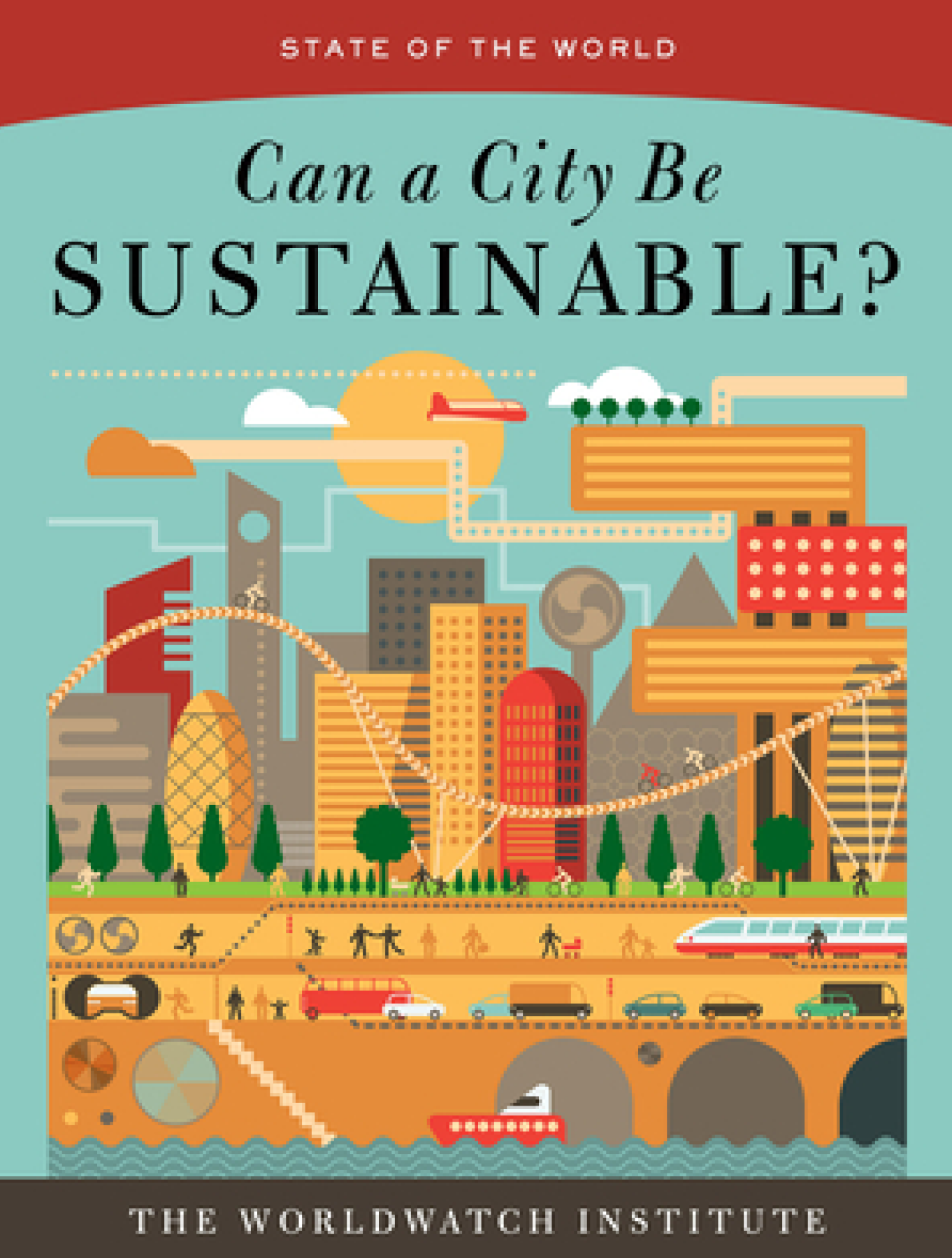
Asphalt Nation
Asphalt Nation is a powerful examination of how the automobile has ravaged America’s cities and landscape over the past 100 years together with a compelling strategy for reversing our automobile dependency. Jane Holtz Kay provides a history of the rapid spread of the automobile and documents the huge subsidies commanded by the highway lobby, to the detriment of once-efficient forms of mass transportation. Demonstrating that there are economic, political, architectural, and personal solutions to the problem, she shows that radical change is entirely possible. This book is essential reading for everyone interested in the history of our relationship with the car, and in the prospect of returning to a world of human mobility.
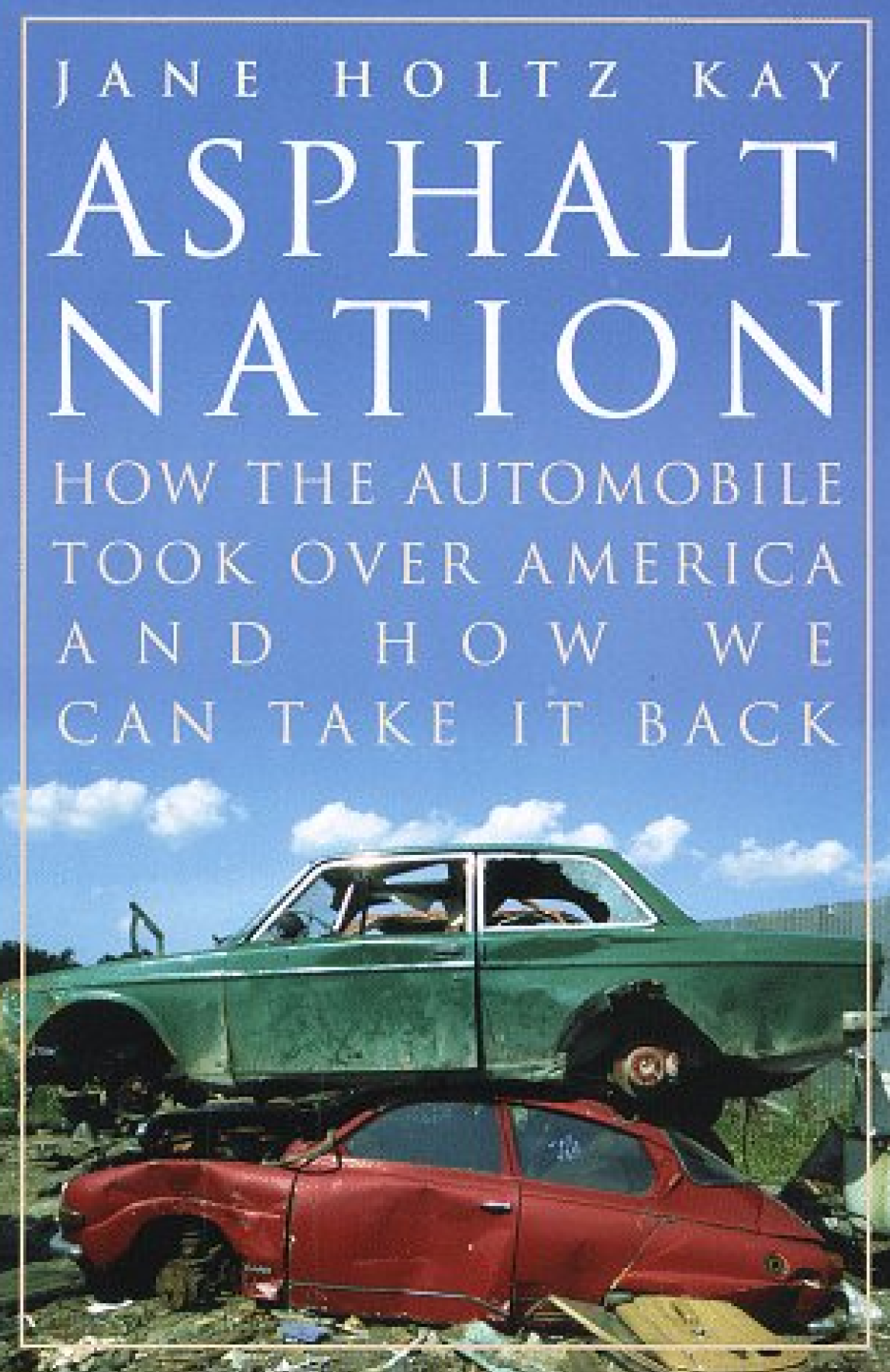
The Experimental City
The Experimental City is a documentary about the Minnesota Experimental City project, a futuristic attempt to solve urban problems by creating a full-size city from scratch in the isolated woods of northern Minnesota.
Directed by Chad Freidrichs.

Public Produce
Public Produce makes a uniquely contemporary case not for central government intervention, but for local government involvement in shaping food policy. In what Darrin Nordahl calls “municipal agriculture,” elected officials, municipal planners, local policymakers, and public space designers are turning to the abundance of land under public control (parks, plazas, streets, city squares, parking lots, as well as the grounds around libraries, schools, government offices, and even jails) to grow food.

16 Acres (2012)
The rebuilding of ground zero is one of the most architecturally, politically, and emotionally complex urban renewal projects in American history. From the beginning, the effort has been fraught with controversy, delays and politics. The struggle has encompassed eleven years, nineteen government agencies, a dozen projects and over $20 billion.
Aside from the staggering engineering challenges of the site itself, a major complicating factor in the rebuilding of the World Trade Center is the sheer number of interested parties. Politicians, developers, architects, insurance companies, local residents, and relatives of 9/11 victims all profess a claim to the site and are often in conflict with one another. According to The New York Times, “Where some saw lucrative real estate, others saw a graveyard. Where some saw Rockefeller Center or Lincoln Center or Grand Central Terminal, others saw Gettysburg.”
What was once ground zero is now a frenzied construction site. Three thousand workers are building four of the tallest skyscrapers in America, an iconic – and complicated – train station, a performing arts center and a sacred memorial and museum. What will emerge in downtown Manhattan over the next few years will redefine the city – and the country – for generations.
16 Acres is the story of how and why this historic project got built. At the heart of the story is the dramatic tension between noblest intentions, the desire of everyone involved to “get it right,” and the politics, hubris, ego and ideology that is the bedrock of New York City. What does it say about us as New Yorkers, as Americans?
As with all great urban projects, from the Pyramids to Rome’s Colosseum to Rockefeller Center, a small group of powerful people will dictate the outcome. With inside access to the project and these key players, 16 Acres tells the story behind the headlines. Who are these men and women? What motivates them? How will their personalities shape the project? And, ultimately, will it succeed? The film also follows the dramatic rush to complete the memorial in time, and the key players as they prepare to converge on the site for the10th anniversary.
Produced by Richard Hankin.
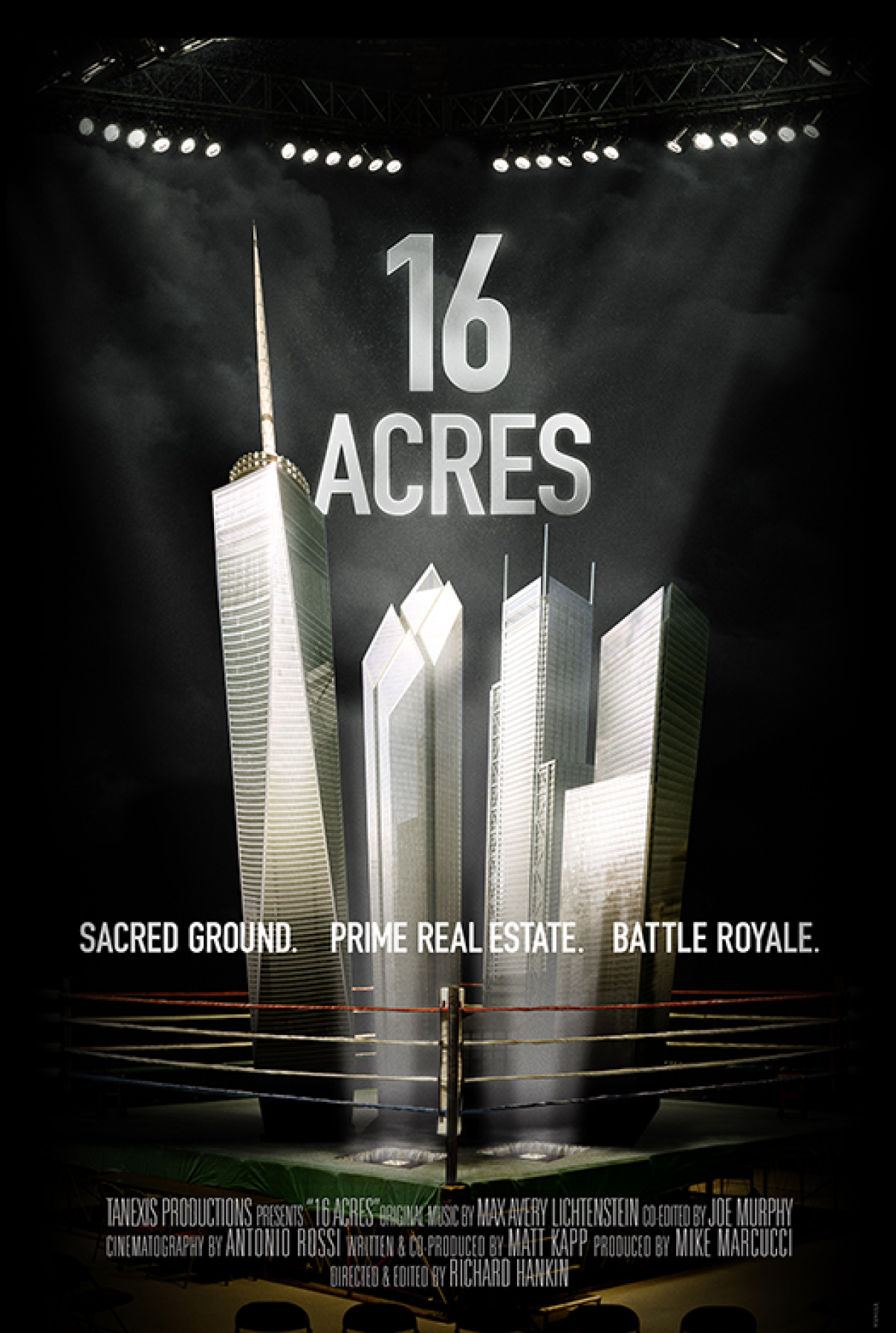
DETROPIA (2012)
Originally the birthplace of the middle class, Detroit is now on the brink of complete collapse. Loosing over 25% of it’s population and 50% of its manufacturing jobs over the past decade, Detroit is now in a state of emergency. Racial tension, globalization, lack of innovation, and corporate greed has led to a moment of truth for Detroit.
DETROPIA is a cinematic tapestry featuring the lives of several citizens trying to survive the D and make sense of what is happening to their city.
Produced by Heidi Ewing and Rachel Grady.

Suburban Nation
For a decade, Suburban Nation has given voice to a growing movement in North America to put an end to suburban sprawl and replace the last century’s automobile-based settlement patterns with a return to more traditional planning. Founders of the Congress for the New Urbanism, Andres Duany and Elizabeth Plater-Zyberk are at the forefront of the movement, and even their critics, such as Fred Barnes in The Weekly Standard, recognized that “Suburban Nation is likely to become this movement’s bible.” A lively lament about the failures of postwar planning, this is also that rare book that offers solutions: “an essential handbook” (San Francisco Chronicle).
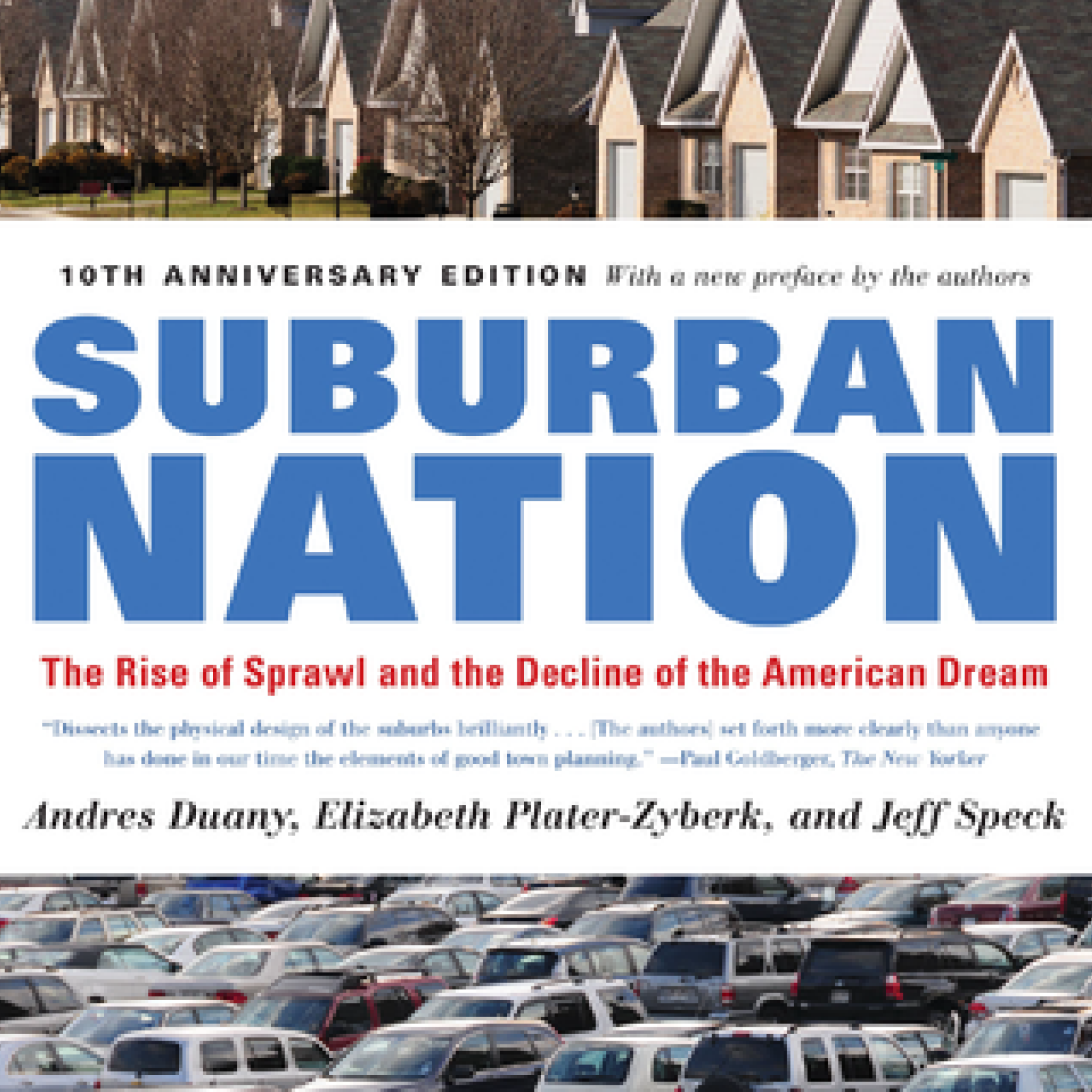
The High Cost of Free Parking
In The High Cost of Free Parking, Donald Shoup argues that free parking has contributed to auto dependence, rapid urban sprawl, extravagant energy use, and a host of other problems. Planners mandate free parking to alleviate congestion but end up distorting transportation choices, debasing urban design, damaging the economy, and degrading the environment. Ubiquitous free parking helps explain why our cities sprawl on a scale fit more for cars than for people, and why American motor vehicles now consume one-eighth of the world’s total oil production. But it doesn’t have to be this way. Shoup proposes new ways for cities to regulate parking – namely, charge fair market prices for curb parking, use the resulting revenue to pay for services in the neighborhoods that generate it, and remove zoning requirements for off-street parking. Such measures, according to the Yale-trained economist and UCLA planning professor, will make parking easier and driving less necessary.

Capital City
Our cities are changing. Around the world, more and more money is being invested in buildings and land. Real estate is now a $217 trillion dollar industry, worth thirty-six times the value of all the gold ever mined. It forms sixty percent of global assets, and one of the most powerful people in the world—the president of the United States—made his name as a landlord and developer.
Samuel Stein shows that this explosive transformation of urban life and politics has been driven not only by the tastes of wealthy newcomers, but by the state-driven process of urban planning. Planning agencies provide a unique window into the ways the state uses and is used by capital, and the means by which urban renovations are translated into rising real estate values and rising rents.
Capital City explains the role of planners in the real estate state, as well as the remarkable power of planning to reclaim urban life.
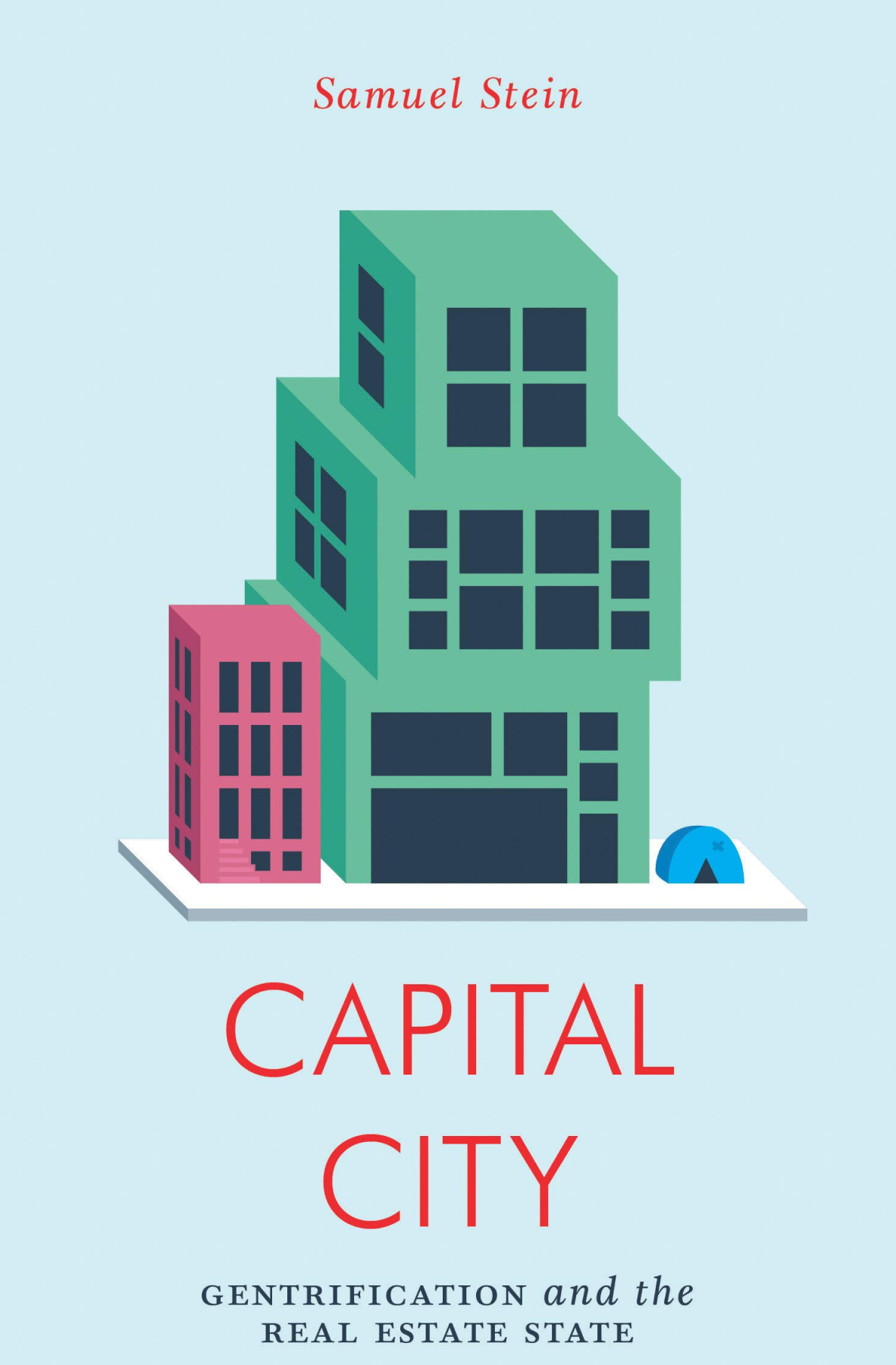
Tactical Urbanism
Tactical Urbanism, written by Mike Lydon and Anthony Garcia, two founders of the movement, promises to be the foundational guide for urban transformation. The authors begin with an in-depth history of the Tactical Urbanism movement and its place among other social, political, and urban planning trends. A detailed set of case studies, from guerilla wayfinding signs in Raleigh, to pavement transformed into parks in San Francisco, to a street art campaign leading to a new streetcar line in El Paso, demonstrate the breadth and scalability of tactical urbanism interventions. Finally, the book provides a detailed toolkit for conceiving, planning, and carrying out projects, including how to adapt them based on local needs and challenges.
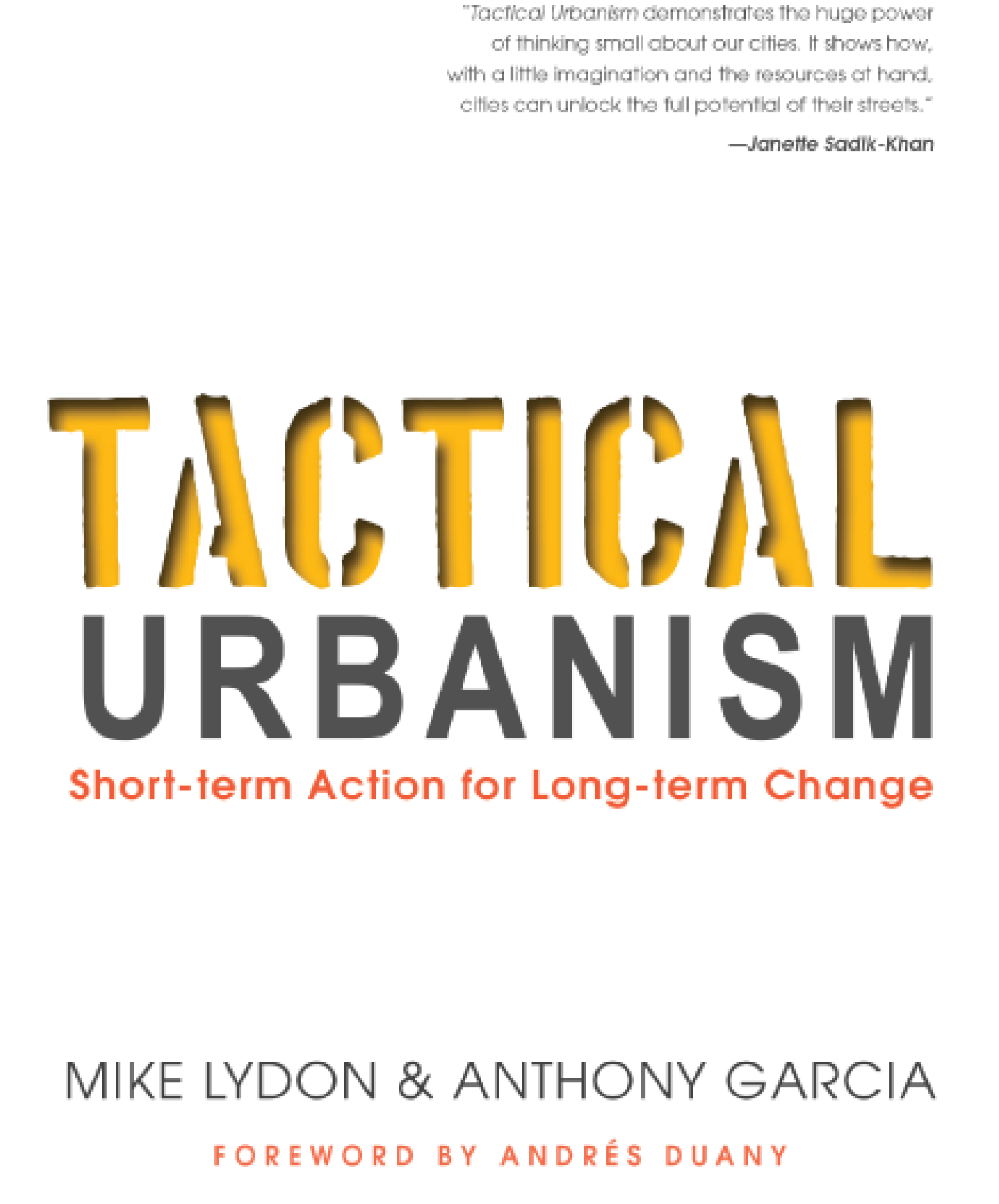
Why New Orleans Matters
Ten years ago, in the aftermath of Hurricane Katrina and the disaster that followed, promises were made, forgotten, and renewed. What would become of New Orleans in the years ahead? How would this city and its people recover—and what meaning would its story have, for America and the world?
In Why New Orleans Matters, first published only months after the disaster, award-winning author and longtime New Orleans resident Tom Piazza illuminates the storied culture and still-evolving future of this great and vital American metropolis. Piazza evokes the sensuous textures of the city that gave us jazz music, Creole cooking, and a unique style of living; he examines the city’s undercurrents of corruption and racism, and explains how its people endure and transcend them. And, perhaps most important, he bears witness to the city’s spirit: its grace and beauty, resilience and soul.
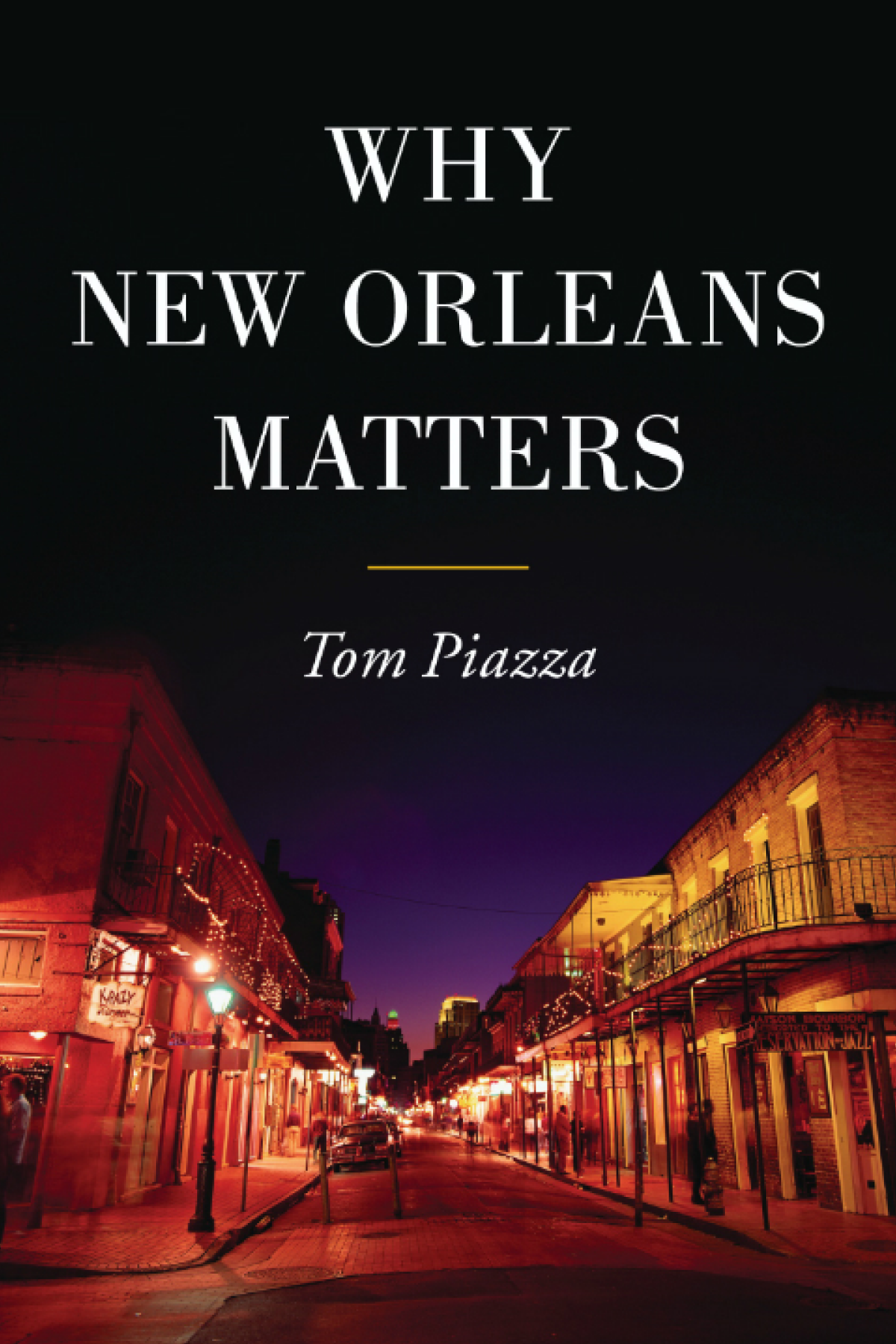
Walkable City Rules
Nearly every US city would like to be more walkable—for reasons of health, wealth, and the environment—yet few are taking the proper steps to get there. The goals are often clear, but the path is seldom easy. Jeff Speck’s follow-up to his bestselling Walkable City is the resource that cities and citizens need to usher in an era of renewed street life. Walkable City Rules is a doer’s guide to making change in cities, and making it now.
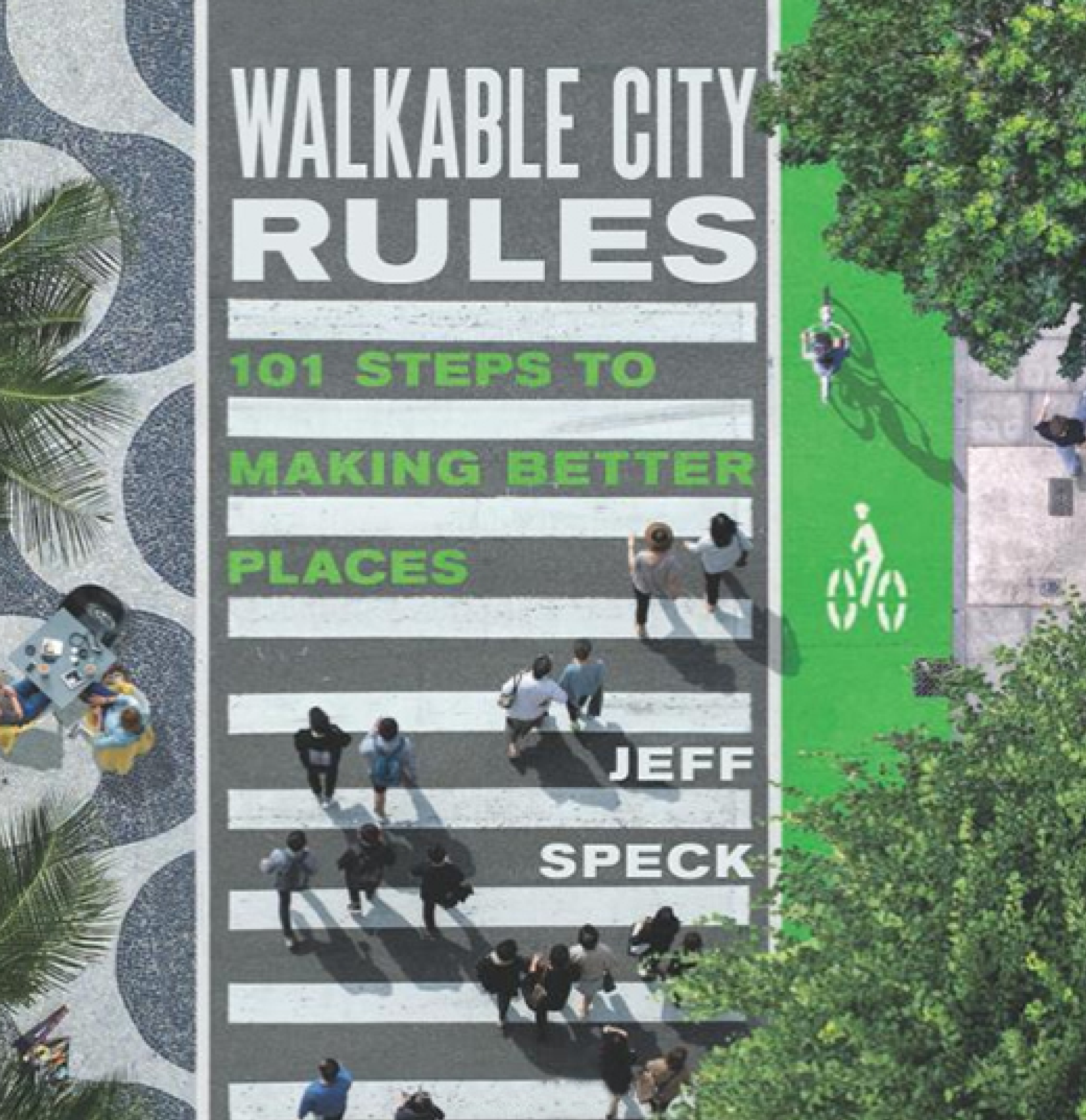
Curbed
Curbed is an American real estate and urban design website founded as a blog by Lockhart Steele in 2006. The full website, founded in 2010, featured sub-pages dedicated to specific real estate markets and metropolitan areas across the United States.
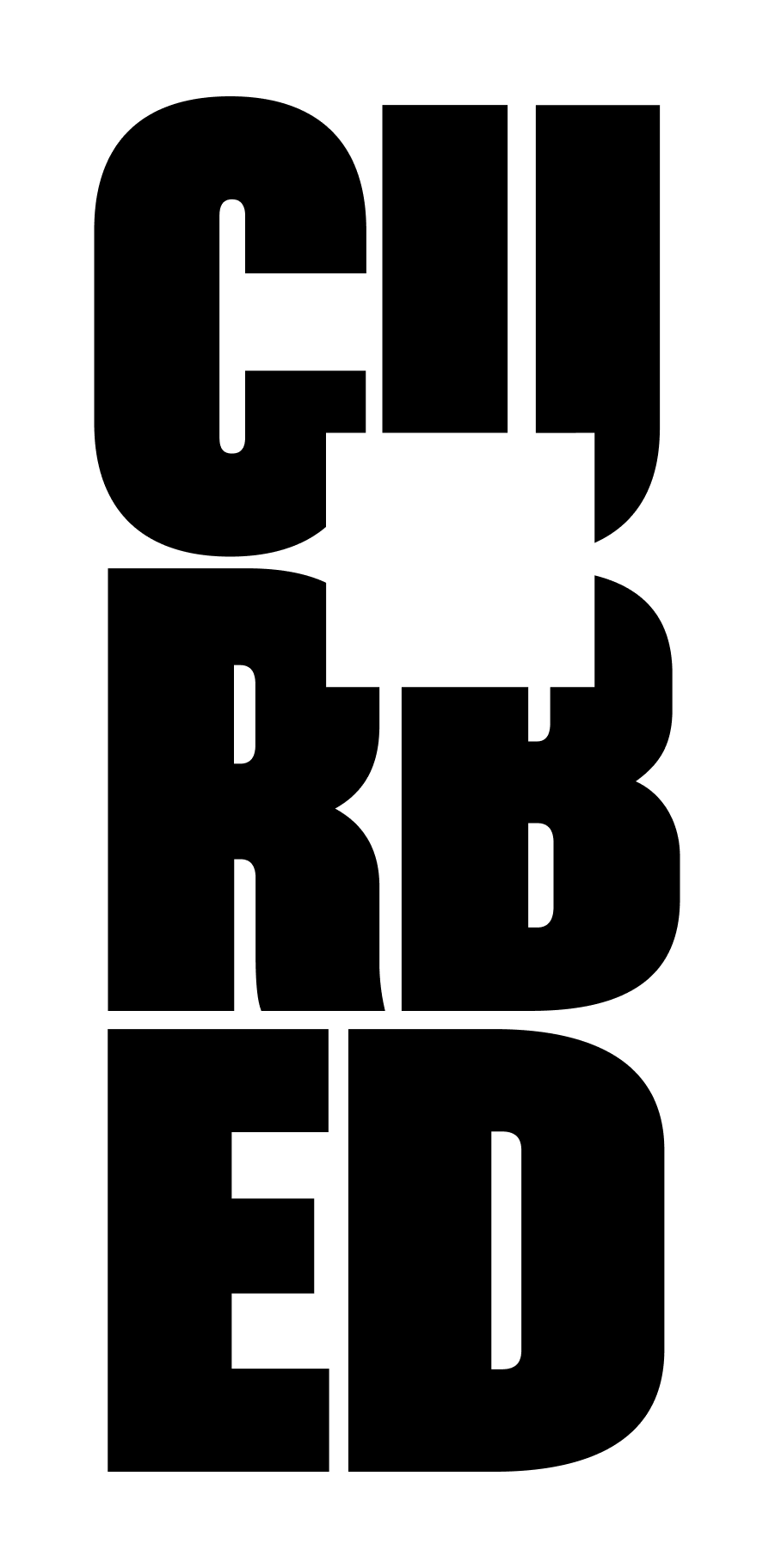
Planetizen
Planetizen is a planning-related news website owned by Urban Insight of Los Angeles, California. It features user-submitted and editor-evaluated news and weekly user-contributed op-eds about urban planning and several related fields.

Curbing Traffic
In Curbing Traffic: The Human Case for Fewer Cars in Our Lives, Melissa and Chris Bruntlett chronicle their experience living in the Netherlands and the benefits that result from treating cars as visitors rather than owners of the road. They weave their personal story with research and interviews with experts and Delft locals to help readers share the experience of living in a city designed for people.
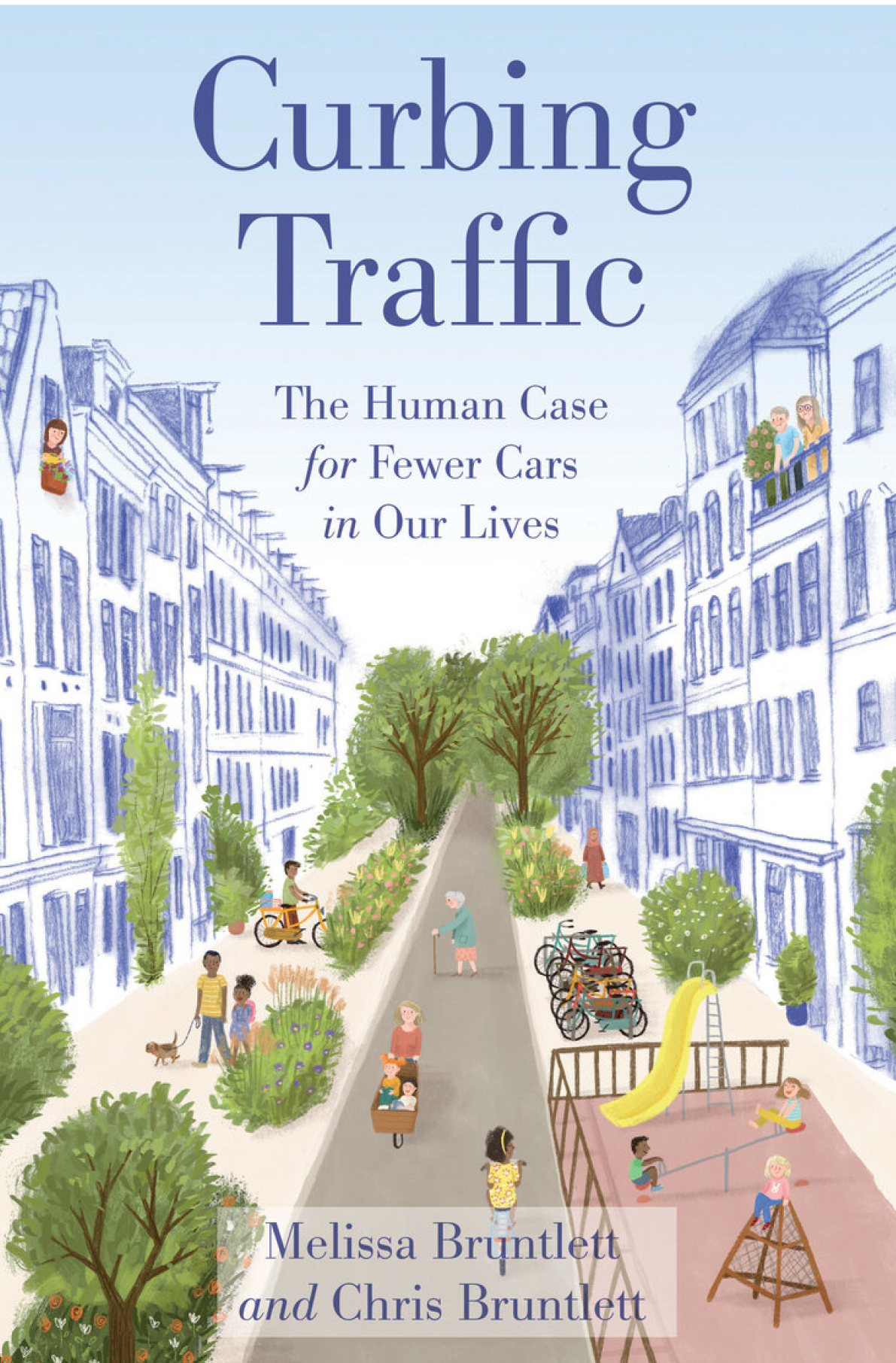
Strong Towns
Strong Towns: A Bottom-Up Revolution to Build American Prosperity is a book of forward-thinking ideas that breaks with modern wisdom to present a new vision of urban development in the United States. Presenting the foundational ideas of the Strong Towns movement he co-founded, Charles Marohn explains why cities of all sizes continue to struggle to meet their basic needs, and reveals the new paradigm that can solve this longstanding problem.
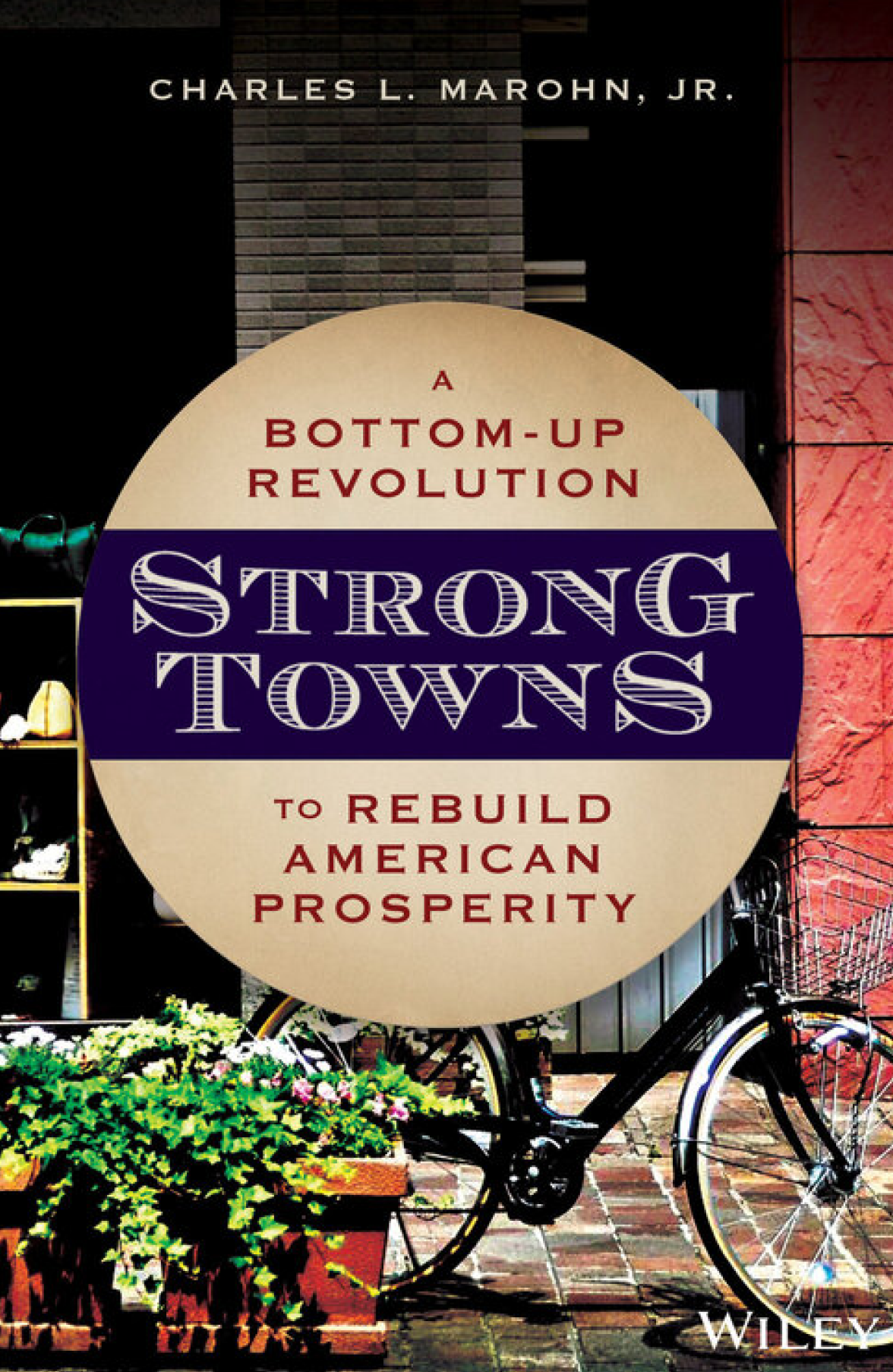
A Convenient Truth: Urban Solutions from Curitiba, Brazil (2006)
A Convenient Truth: Urban Solutions from Curitiba, Brazil is an informative, inspirational documentary aimed at sharing ideas to provoke environment-friendly and cost-effective changes in cities worldwide. The documentary focuses on innovations in transportation, recycling, social benefits including affordable housing, seasonal parks, and the processes that transformed Curitiba into one of the most livable cities in the world.
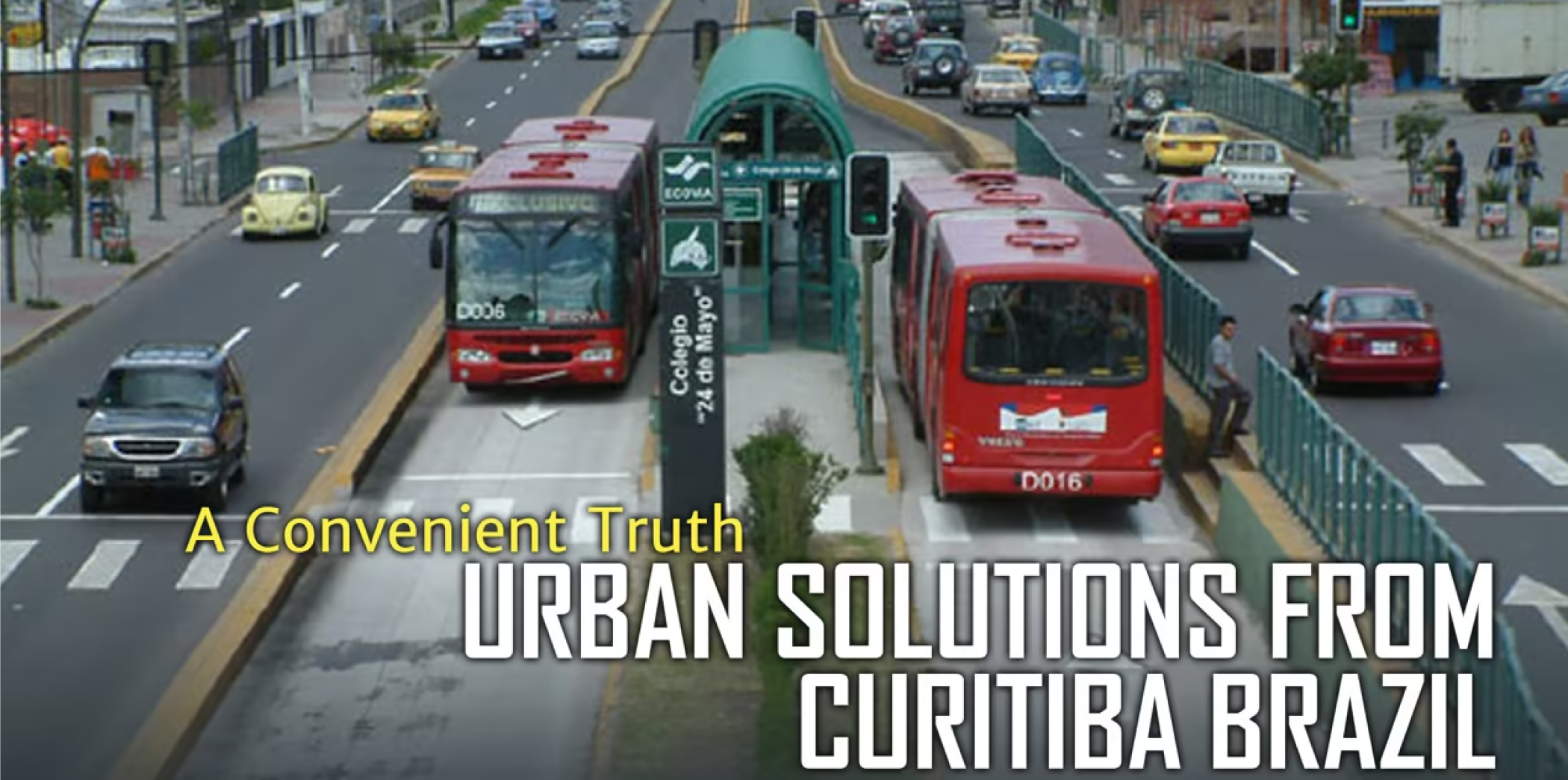
Saving America’s Cities
In Saving America’s Cities, the prizewinning historian Lizabeth Cohen follows the career of Edward J. Logue, whose shifting approach to the urban crisis tracked the changing balance between government-funded public programs and private interests that would culminate in the neoliberal rush to privatize efforts to solve entrenched social problems. A Yale-trained lawyer, rival of Robert Moses, and sometime critic of Jane Jacobs, Logue saw renewing cities as an extension of the liberal New Deal. He worked to revive a declining New Haven, became the architect of the “New Boston” of the 1960s, and, later, led New York State’s Urban Development Corporation, which built entire new towns, including Roosevelt Island in New York City.

CityLab
Produced by Bloomberg Philanthropies and The Aspen Institute, Bloomberg CityLab is the leading global summit for city leaders and cross-sector urban thinkers, experts, and artists to connect with each other and to create and share scalable solutions for cities’ most pressing challenges.

New York’s Streets? Not so mean anymore
In this funny and thought-provoking talk, Janette Sadik-Khan, transportation commissioner of New York City, shares projects that have reshaped street life in the 5 boroughs, including pedestrian zones in Times Square, high-performance buses and a 6,000-cycle-strong bike share. Her mantra: Do bold experiments that are cheap to try out. Watch the talk on TED.

Streetfilms
Streetfilms produces short films showing how smart transportation design and policy can result in better places to live, work and play.
Founded in 2006, Streetfilms has become the go-to organization for educational films about sustainable transportation, and inspires action and behavioral change worldwide. Individuals, public agencies, non-profit organizations, schools, and transportation advocacy groups use Streetfilms to educate decision makers and make change for livable streets in their communities.

Urbanized
Urbanized is a feature-length documentary about the design of cities, which looks at the issues and strategies behind urban design and features some of the world’s foremost architects, planners, policymakers, builders, and thinkers.
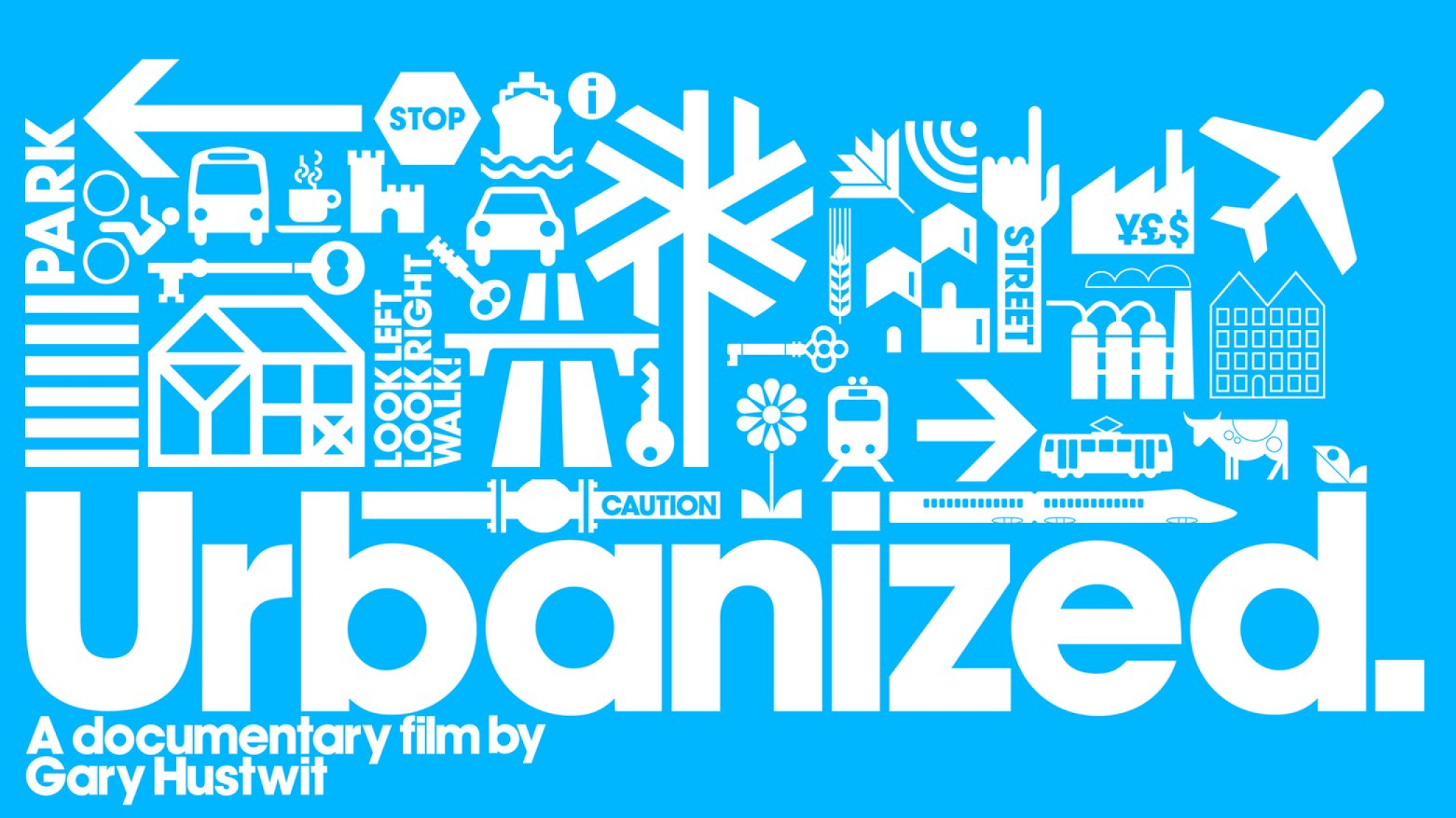
City Beautiful
City Beautiful is a YouTube channel dedicated to educating everyone about cities and city planning, particularly transportation, land use planning, and urban design.

The Help-Yourself City
When local governments neglect public services or community priorities, how do concerned citizens respond? In The Help-Yourself City, Gordon Douglas looks closely at people who take urban planning into their own hands with homemade signs and benches, guerrilla bike lanes and more. Douglas
explores the frustration, creativity, and technical expertise behind these interventions, but also the position of privilege from which they often come. Presenting a needed analysis of this growing trend from vacant lots to city planning offices, The Help-Yourself City tells a street-level story of
people’s relationships to their urban surroundings and the individualization of democratic responsibility.
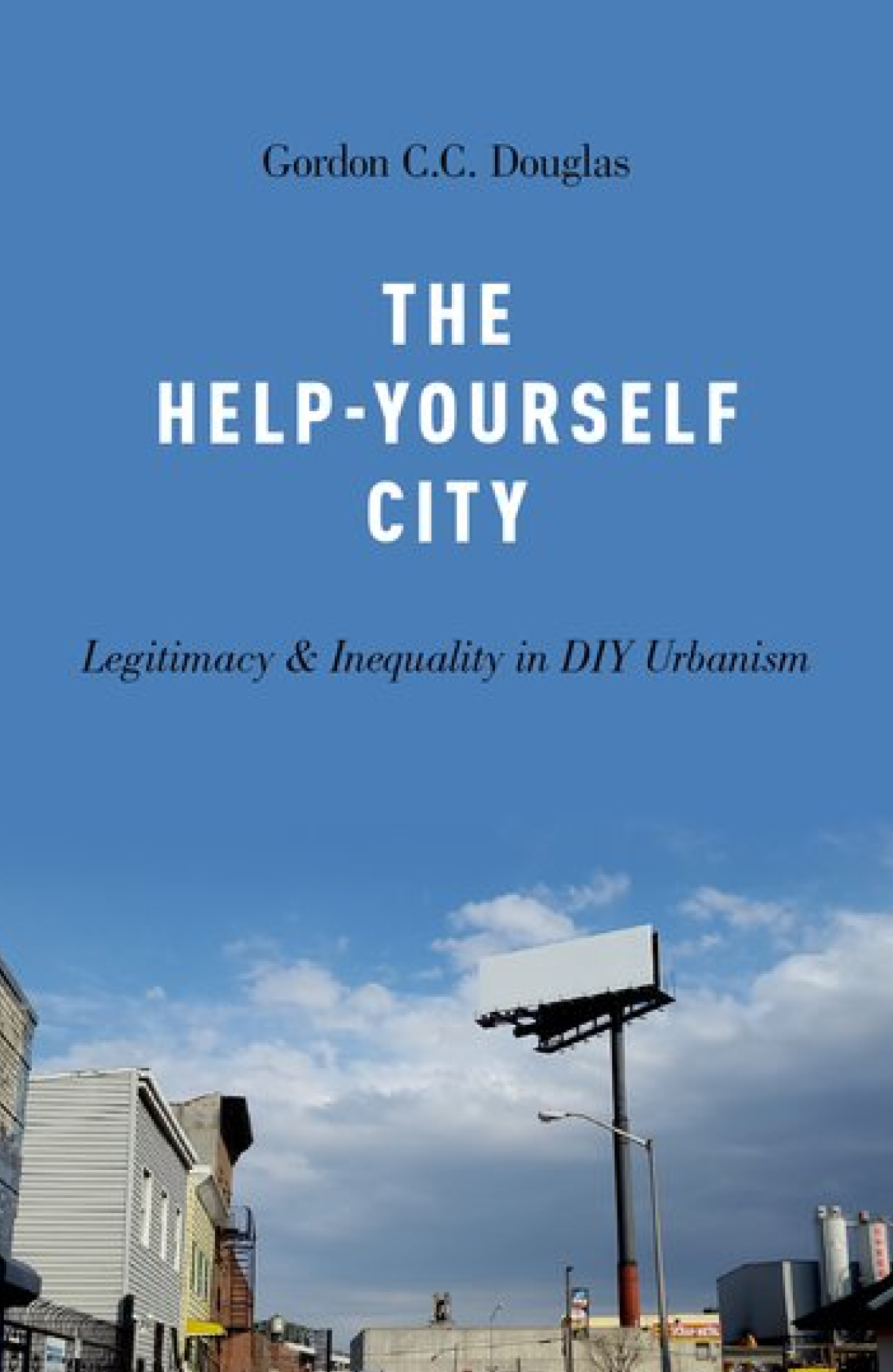
Citizen Jane: Battle for the City
Writer and urban activist Jane Jacobs fights to save historic New York City during the ruthless redevelopment era of urban planner Robert Moses in the 1960s. Watch documentary trailer here.
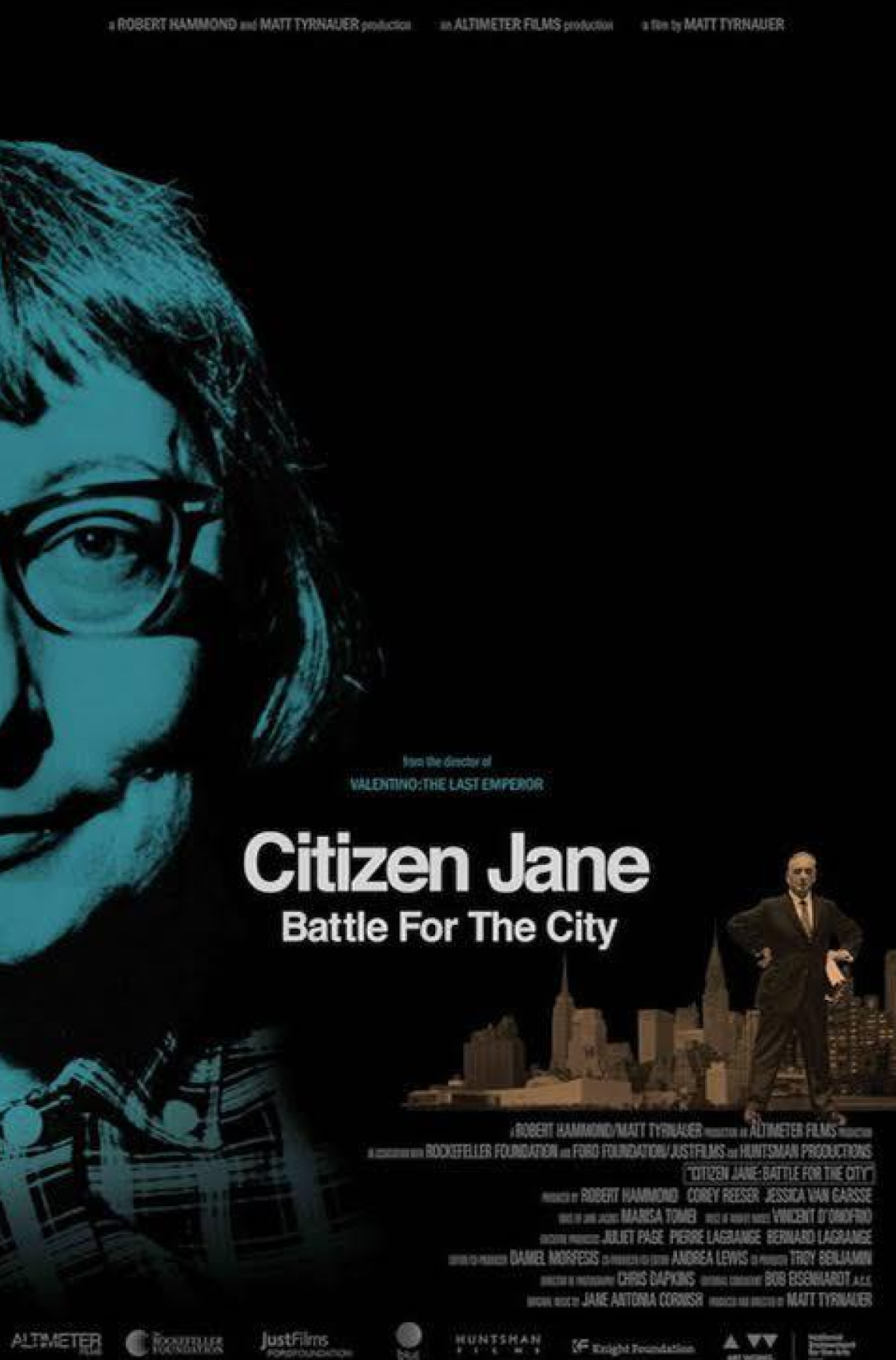
Streetfight: Handbook for an Urban Revolution
As New York City’s transportation commissioner, Janette Sadik-Khan managed the seemingly impossible and transformed the streets of one of the world’s greatest, toughest cities into dynamic spaces safe for pedestrians and bikers. Her approach was dramatic and effective: Simply painting a part of the street to make it into a plaza or bus lane not only made the street safer, but it also lessened congestion and increased foot traffic, which improved the bottom line of businesses. Real-life experience confirmed that if you know how to read the street, you can make it function better by not totally reconstructing it but by reallocating the space that’s already there.
Breaking the street into its component parts, Streetfight demonstrates, with step-by-step visuals, how to rewrite the underlying “source code” of a street, with pointers on how to add protected bike paths, improve crosswalk space, and provide visual cues to reduce speeding. Achieving such a radical overhaul wasn’t easy, and Streetfight pulls back the curtain on the battles Sadik-Khan won to make her approach work. She includes examples of how this new way to read the streets has already made its way around the world, from pocket parks in Mexico City and Los Angeles to more pedestrian-friendly streets in Auckland and Buenos Aires, and innovative bike-lane designs and plazas in Austin, Indianapolis, and San Francisco. Many are inspired by the changes taking place in New York City and are based on the same techniques. Streetfight deconstructs, reassembles, and reinvents the street, inviting readers to see it in ways they never imagined.
